Whatever Happened To The Cast Of The Little Rascals?
Our Gang, better known by some as The Little Rascals, was a series of film shorts produced from 1922 to 1944. The shorts centered on the adventures of a group of children. The program was groundbreaking because it featured both races connecting as equals.
The Little Rascals featured a total of 41 child actors. While you'd think the show could kick off some big careers, many of the stars wound up quitting show business early on, others suffered hard times, but a select few ended up with a successful career. See what happened to the cast of The Little Rascals.
Some Believe The Cast Was Doomed From The Start
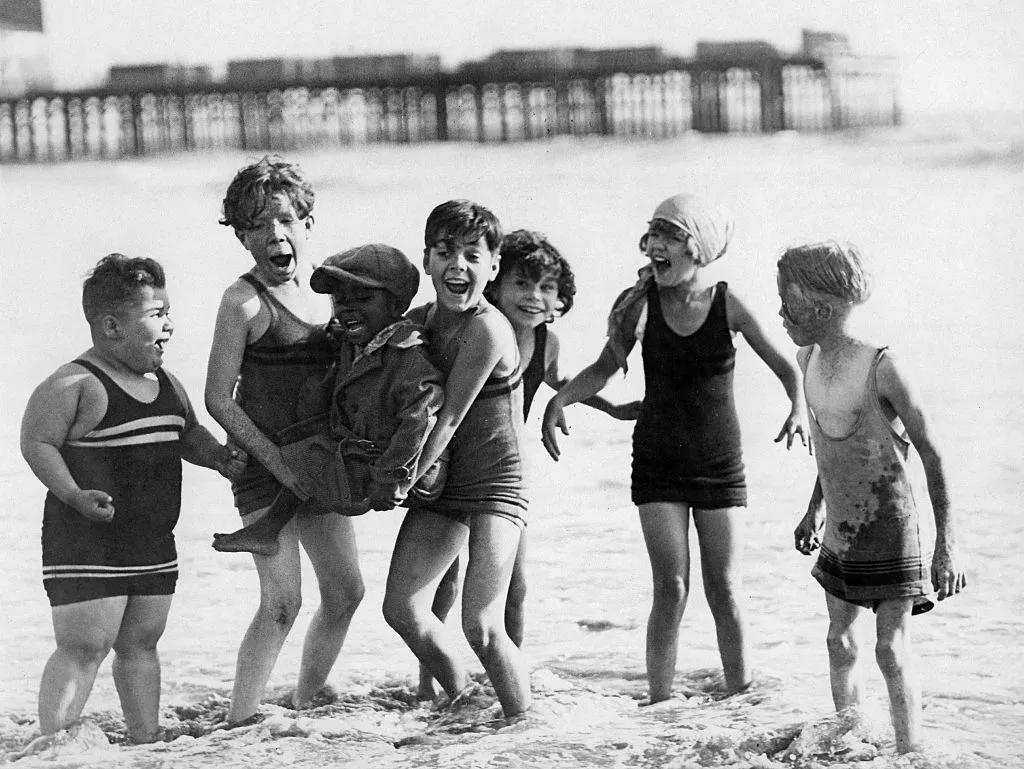
While The Little Rascals was produced nearly a century ago, characters such as Alfalfa, Spanky, and Buckwheat are still household names. Despite their huge success as children, the majority of the actors struggled to find acting jobs as they got older due to typecasting. In later years, there were even rumors of a curse spurred by an E! True Hollywood Story.
Many of the stars died before the age of 65 and some were even significantly younger than that. While a select few of their lives ended ominously, there's no evidence that their shared experiences led to early deaths.
Billy "Buckwheat Thomas" Was Still A Toddler When He Landed The Role
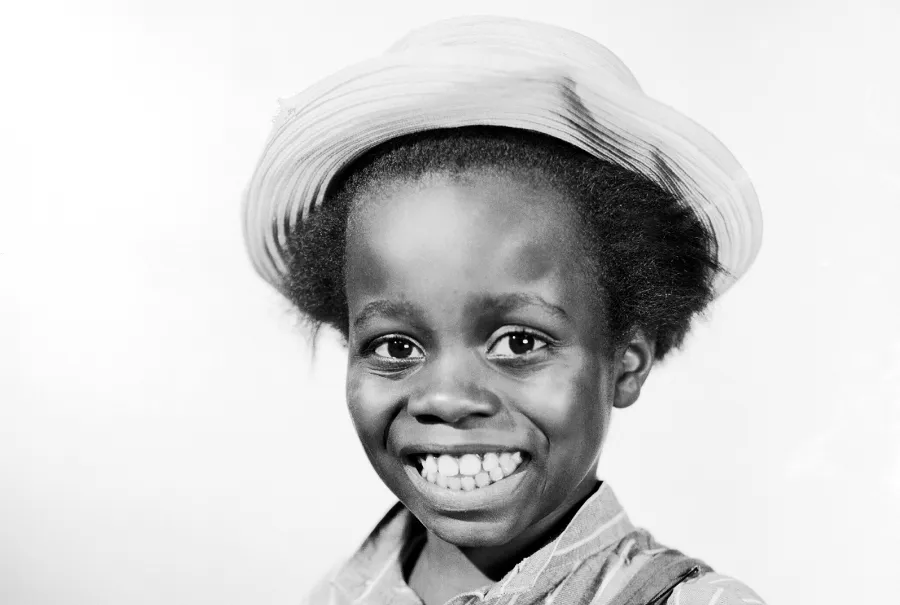
Born in 1931, William Thomas Jr. played Buckwheat and was a background actor in The Little Rascals shorts starting at age three in 1934. Initially, Buckwheat was a girl who was played by Matthew "Stymie" Beard's little sister, Carlena.
At first, Thomas Jr. also dressed as a girl with pigtails, a giant sweater, and big boots. He also had a speech impediment. In later years, the portrayal was seen as offensive towards African-Americans. After The Little Rascals, Thomas joined the Army and worked behind the scenes on film sets. He died of a heart attack in 1980. He was 49.
Darla Hood As "Darla"
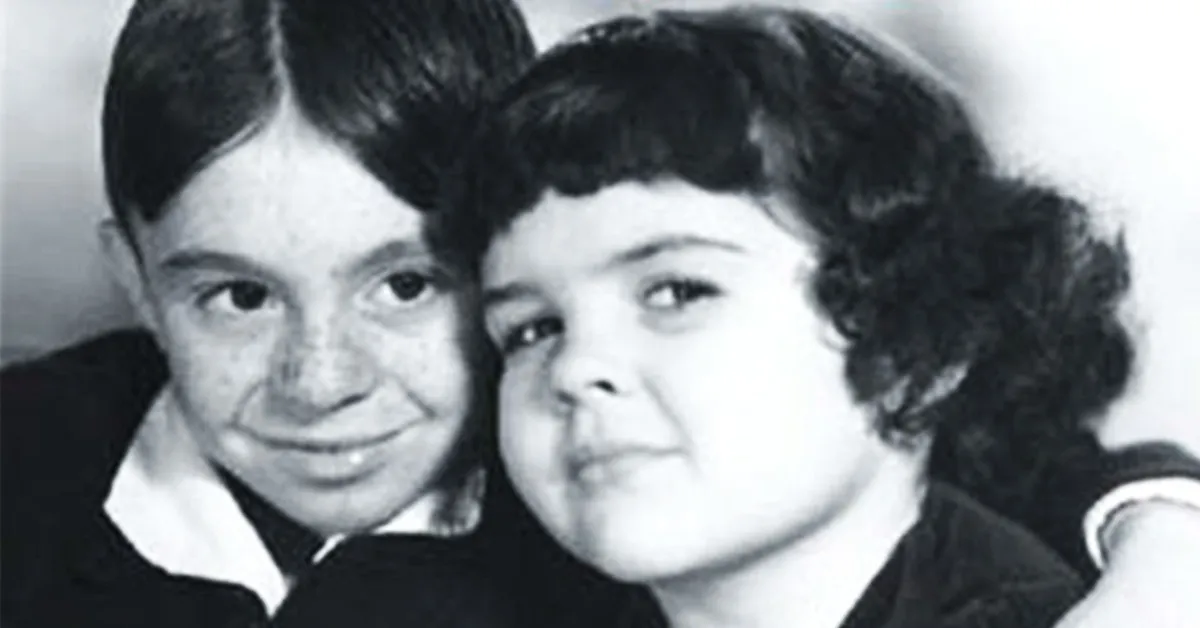
Darla Hood started singing and dancing when she was just a small child. When she was three, she traveled from Oklahoma to New York City to earn the role of Darla. From there she was brought to Culver City, California, to appear in the Our Gang movies.
Her character was very spirited, and Alfalfa, Butch, and Waldo swooned over her. Darla's rendition of the song "I'm in the Mood for Love" is a fan-favorite moment from The Little Rascals.
Matthew "Stymie" Appeared In Shows After The Rascals
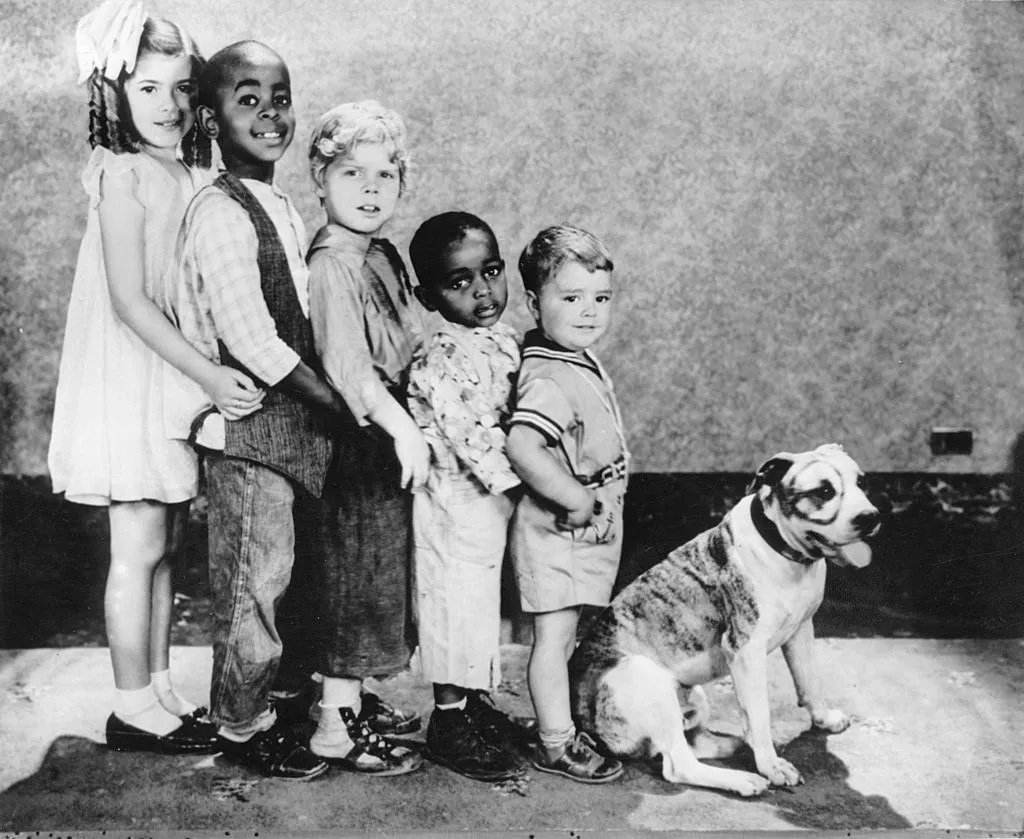
Matthew Beard Jr. played a character named Hercules until he was renamed Stymie because he "stymied" the show's director with his curiosity. Stymie was bald and wore a large derby hat gifted to him by comedian Stan Laurel. He left the show at age 10 and retired from show business a few years later.
He developed an addiction but got clean and appeared on shows such as The Jeffersons and Good Times. He also starred in The Buddy Holly Story and stayed sober for the rest of his life. He died at age 56 in 1981 after falling down some stairs, having a stroke, and contracting pneumonia.
Petey The Dog Met A Gruesome End

Petey's real name was Pal the Wonder Dog. He was an American Pit Bull Terrier who got his start in the Buster Brown series playing Tige during the '20s. Maksymilian Faktorowicz, the founder of cosmetics company Max Factor in Los Angeles, initially put the famous circle around Pal's right eye.
When Pal was hired for The Little Rascals, producer Hal Roach made the decision to leave the circle, creating one of TV's most iconic dogs in the process. Unfortunately, Pal died of poisoning in 1930. Pal's offspring took over the role, but the eye circle was placed over the left eye instead. The pup lived until the age of 16.
Allen "Farina" Hoskins Was Blacklisted After Leaving The Series & Serving In WWII
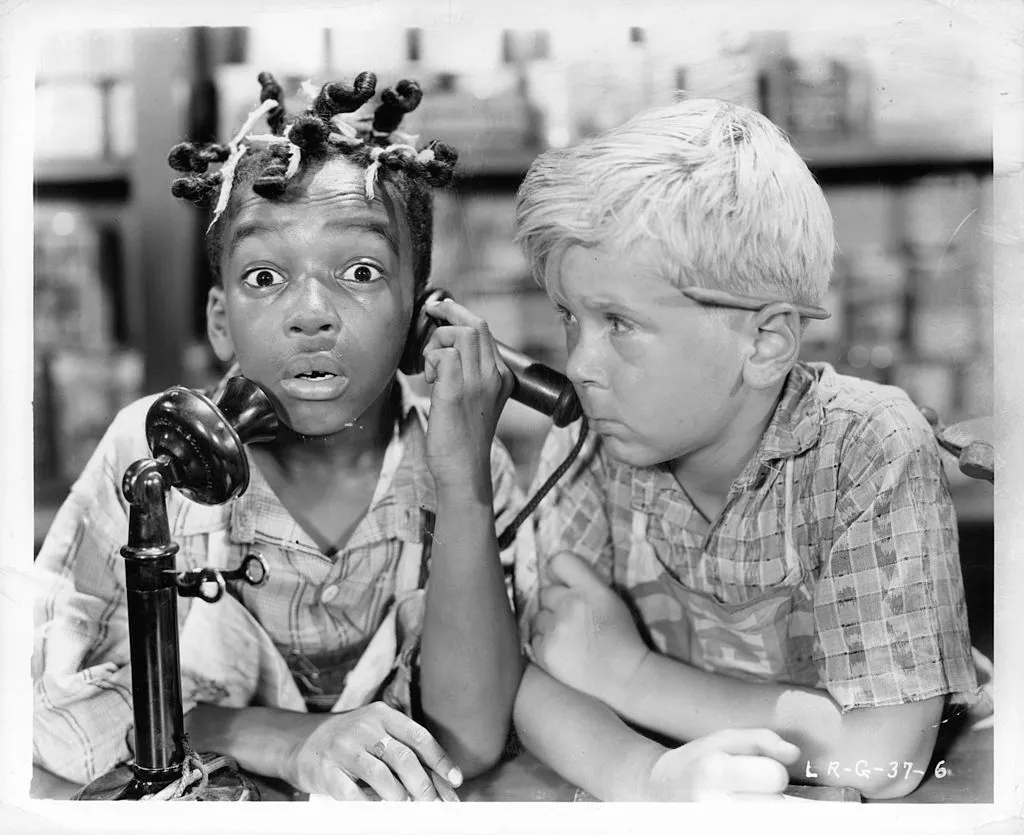
Allen Hoskins played Farina in the series and was the show's most popular character. He's one of history's first African-American child stars, and he made $350 a week working on the series, more than any of his costars. Still, there was some criticism for his character's stereotypical portrayal of black people.
Hoskins later served in World War II and abandoned acting shortly afterward. He was later blacklisted because as a teen, he attended dances sponsored by the Young Communist League and the Socialist Workers Party. He then helped handicapped workers find jobs. He died of cancer in 1980 at age 60.
Billy "Froggy" Laughlin Was Just A Teen When He Was Hit By A Truck
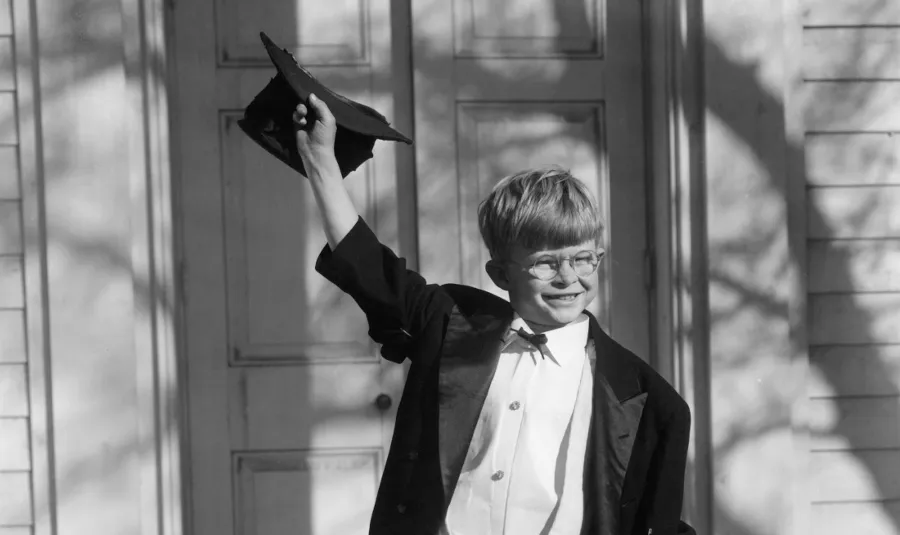
William Robert Laughlin joined The Little Rascals at the age of eight in 1940. His character, Froggy, had an odd voice that sounded just like a frog's croak. When the show ended, Laughlin quit acting so he could enjoy being a kid for a little while.
In 1948, he was delivering newspapers on the back of a scooter near his home in La Puente, California when he was hit by a truck. His friend was driving the scooter, which Laughlin's parents had given to Billy just two weeks prior. He was only 16 when he died, much younger than his fellow The Little Rascals costars.
Carl Switzer As Alfalfa
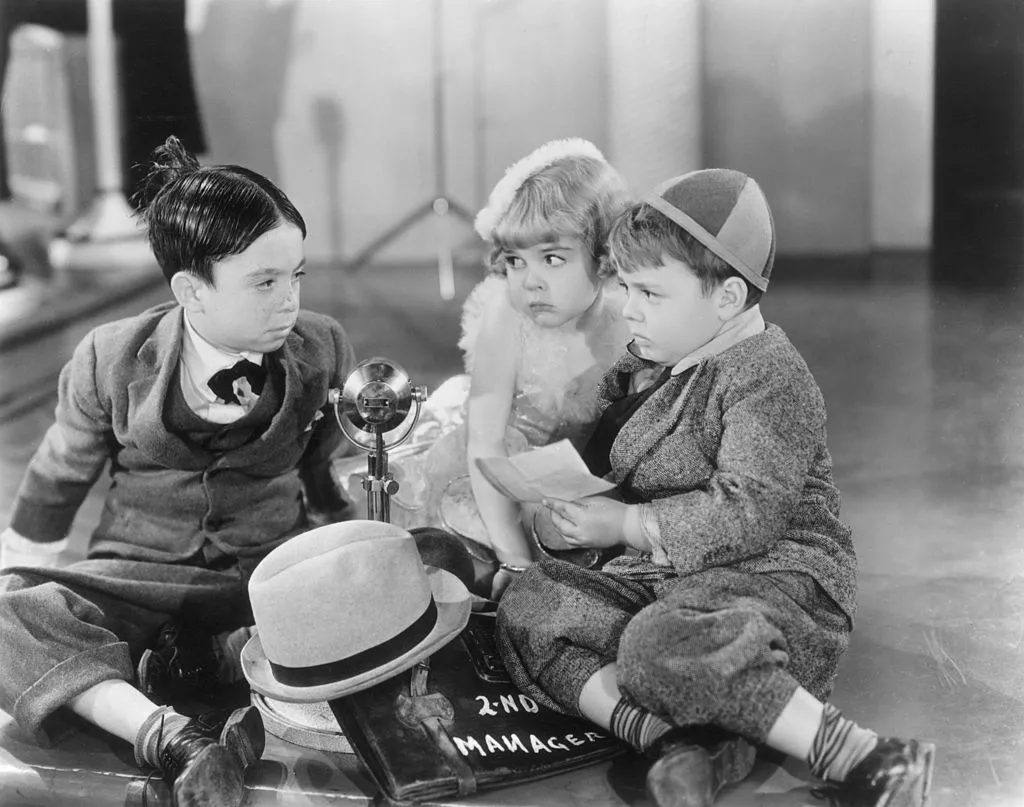
Carl Dean Switzer was on a tour of Hal Roach Studios in California where The Little Rascals was filmed when he and his brother Harold's antics impressed Roach, who decided to hire them then and there.
Switzer left the show in 1940 and had difficulty finding acting jobs because he was typecast. He did appear in some B-movies and landed some bit parts. Fun fact: although Alfalfa was known for his off-tune warbling, Switzer was actually a good singer.
George "Spanky" McFarland
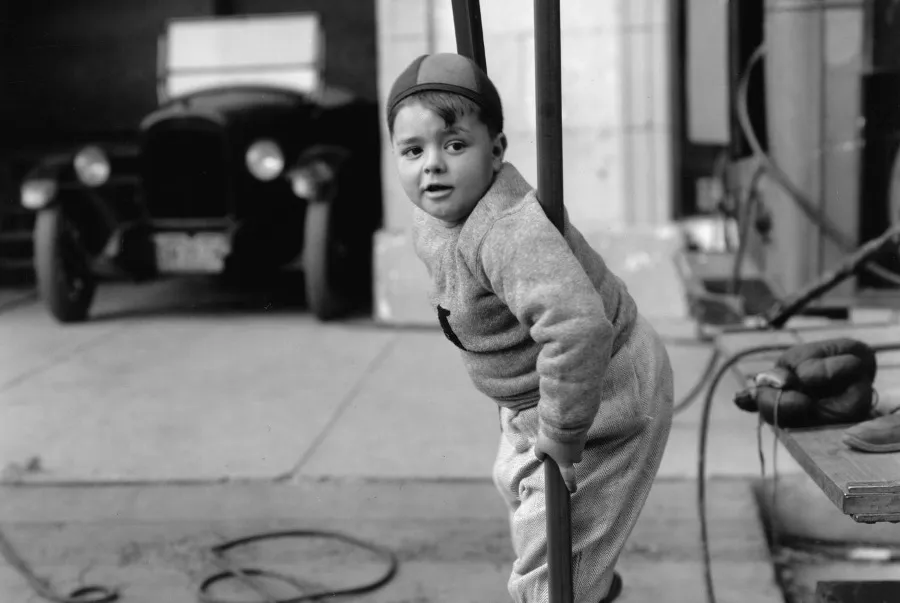
George Robert Phillips McFarland was reportedly nicknamed Spanky by his mom because he had a penchant for putting his hands on things he wasn't supposed to touch. McFarland later denied this and said the name was given to him by a newspaper reporter.
He was born in 1928 in Dallas, was a children's clothing model before turning to acting. In The Little Rascals, he played the president of the "He-Man Women Hater's Club."
Eugene "Porky" Lee Was Only On The Show For A Short Time
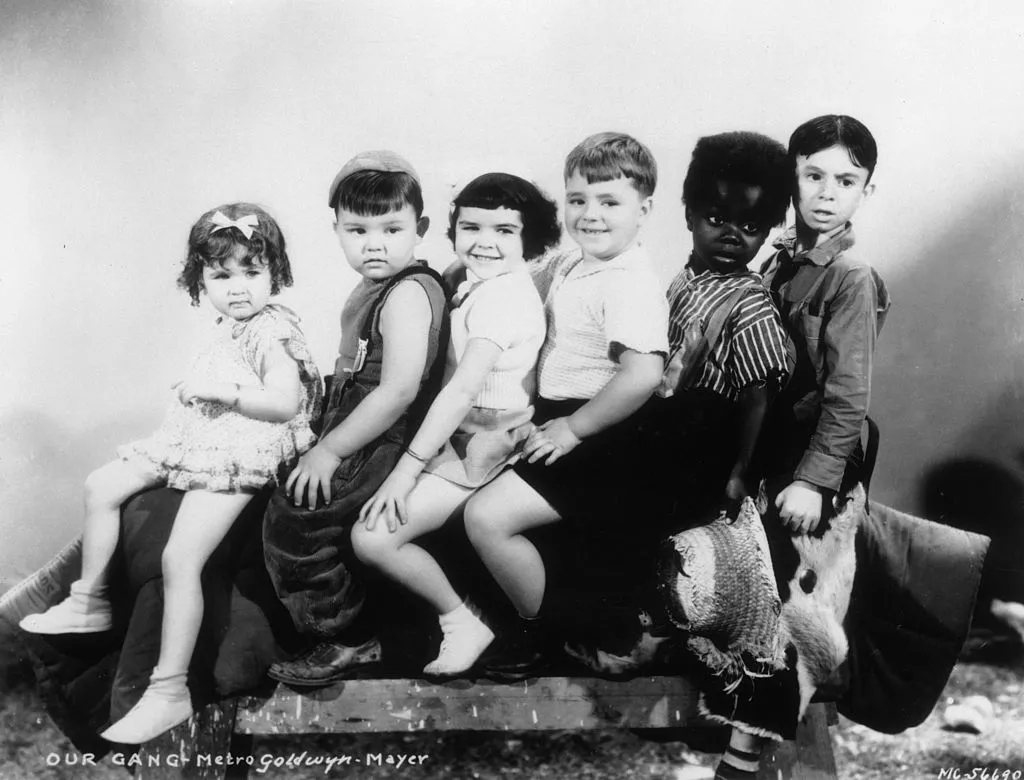
Texas-native Eugene Lee was nicknamed "Porky" and played Spanky's younger brother on the series after Hal Roach noticed how much the eighteen-month-old toddler resembled George McFarland.
Unfortunately, at the age of five, he hit a big growth spurt and grew really fast, quickly reaching the same height as McFarland, who was five years older. Lee, who had appeared in 42 of the Our Gang comedies, was then replaced by Robert Blake.
Mickey Gubitosi, AKA Robert Blake, Became Infamous Later In Life
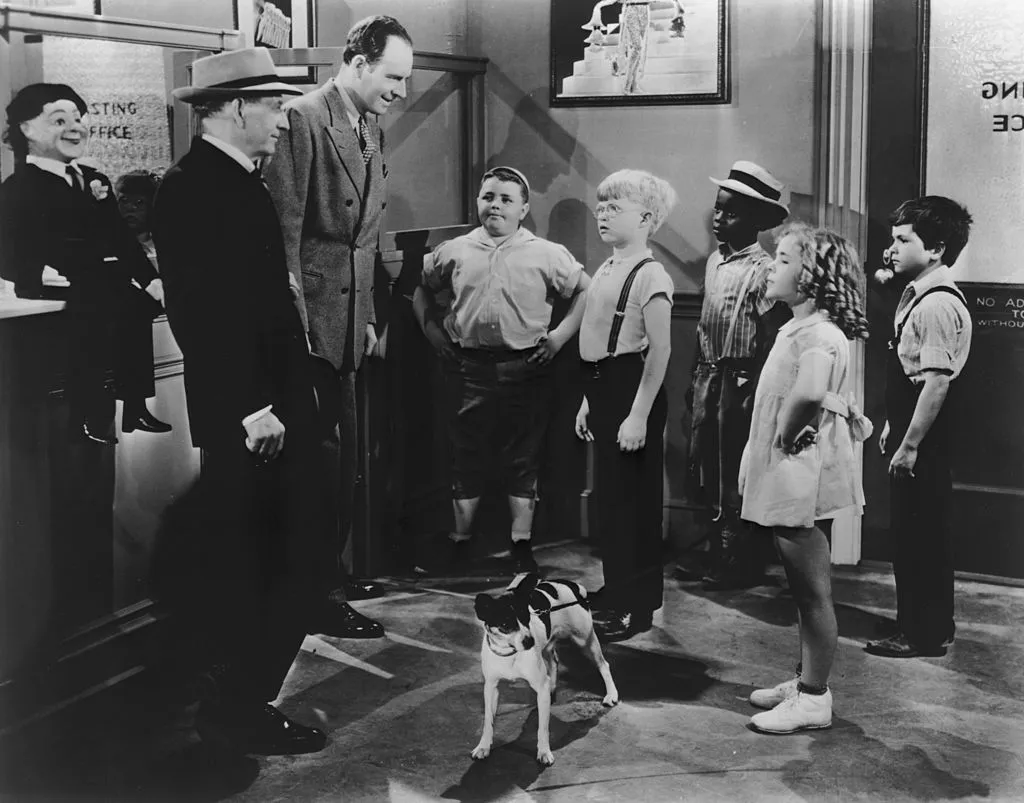
Michael James Gubitosi, aka Robert Blake, started playing Mickey in The Little Rascals after replacing Porky. He was Spanky's best friend and eventual leader of the group. His early career also involved a role in the Red Ryder films. When he got older he played various Native American and Latino characters, despite being Italian.
Blake spent some time in the Army before returning to show business. He's most known for his Emmy Award-winning role of undercover cop Tony Baretta in the show Baretta from 1975 to 1978.
After The Show, Darla Created A Nightclub Act But Died In Her Forties
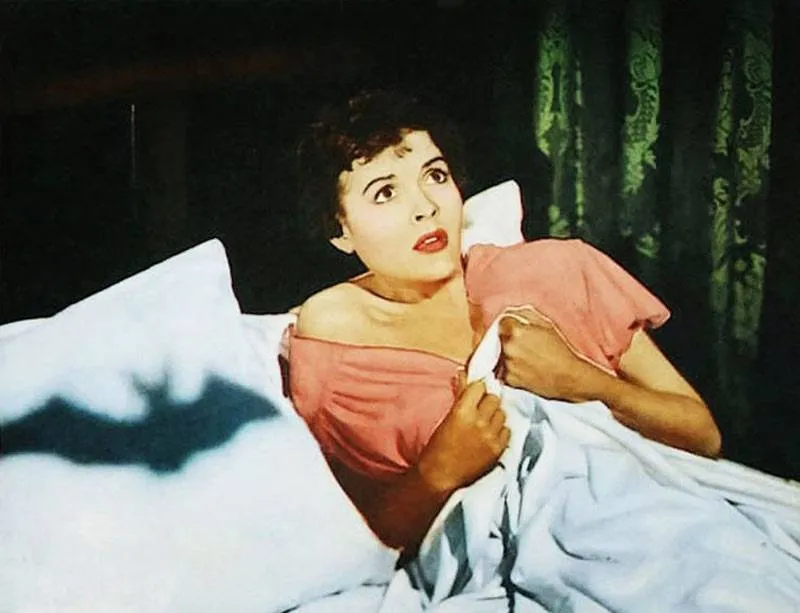
After leaving The Little Rascals, Darla Hood joined a vocal group and acted a few more years including in The Bat, seen here. She created a nightclub act at the Coconut Grove in LA, the Copacabana in New York, and the Sahara Hotel and Casino in Las Vegas.
In 1979 she was putting together a Little Rascals reunion in Los Angeles when she was hospitalized for an appendectomy. She died of heart failure after the procedure, at the age of 47.
Ernie Morrison Was Supposed To Be The Top Star
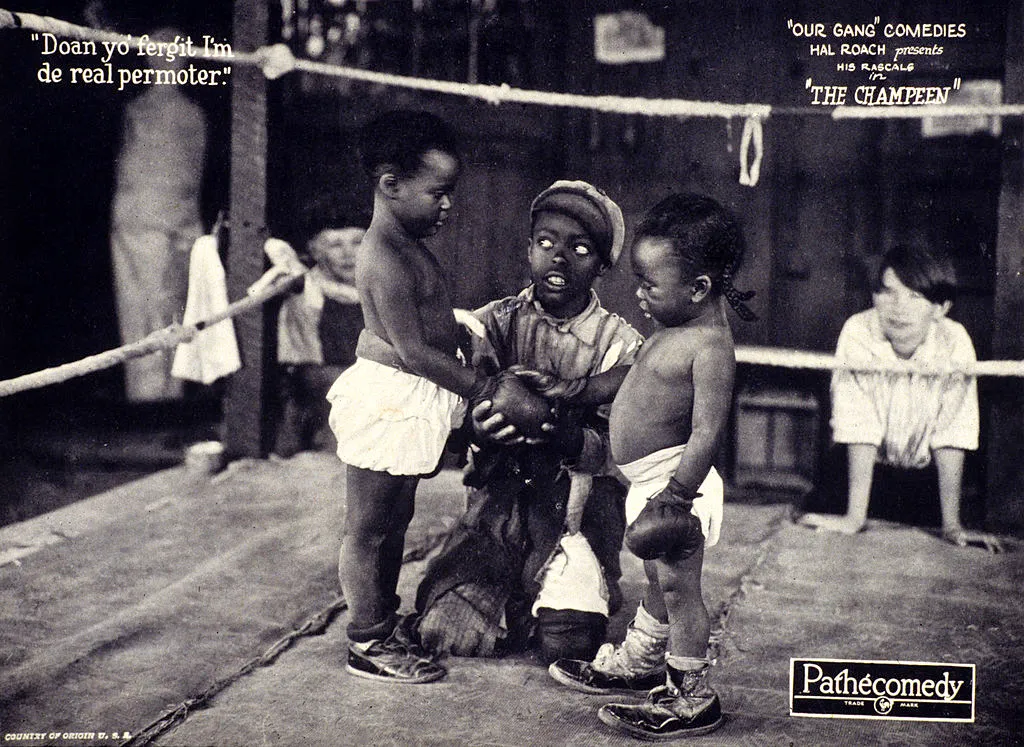
Initially, Roach planned his shorts to center around Ernie Morrison's character, Sunshine Sammy. However, his ethnicity was a problem for theater owners who feared people wouldn't be happy with a series featuring an African-American star. Roach decided to open up his concept and include other children.
Morrison was the first African-American actor to be signed to a long-term contract. He left the series in 1924 to work in vaudeville, where his skills were featured alongside up-and-coming acts as Abbott and Costello and Jack Benny. Morrison served in World War II and left show business to make parts for aircraft. He died of cancer in 1989 at age 77.
Mary Ann Jackson Despised Her Hairstyle
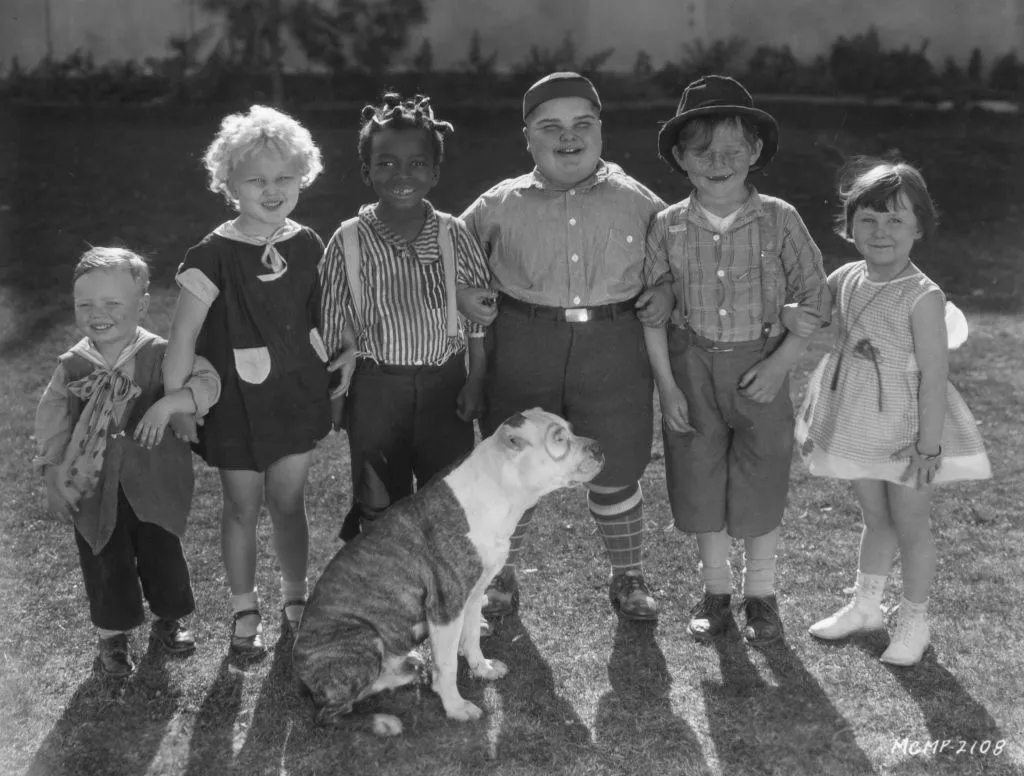
Mary Ann Jackson came from an acting family and got her start in showbiz early on, with a role in a 1925 short titled Dangerous Curves Behind. She also played "Baby Smith" in a comedy series called The Smiths.
Jackson, pictured on the far right, appeared in The Little Rascals from 1928 to 1931. She was known for her signature bob, witty delivery, and tomboyish attitude. She often played Wheezer's older sister.
Dorothy DeBorba, Known For Her Ringlets, Didn't Love Working On The Show
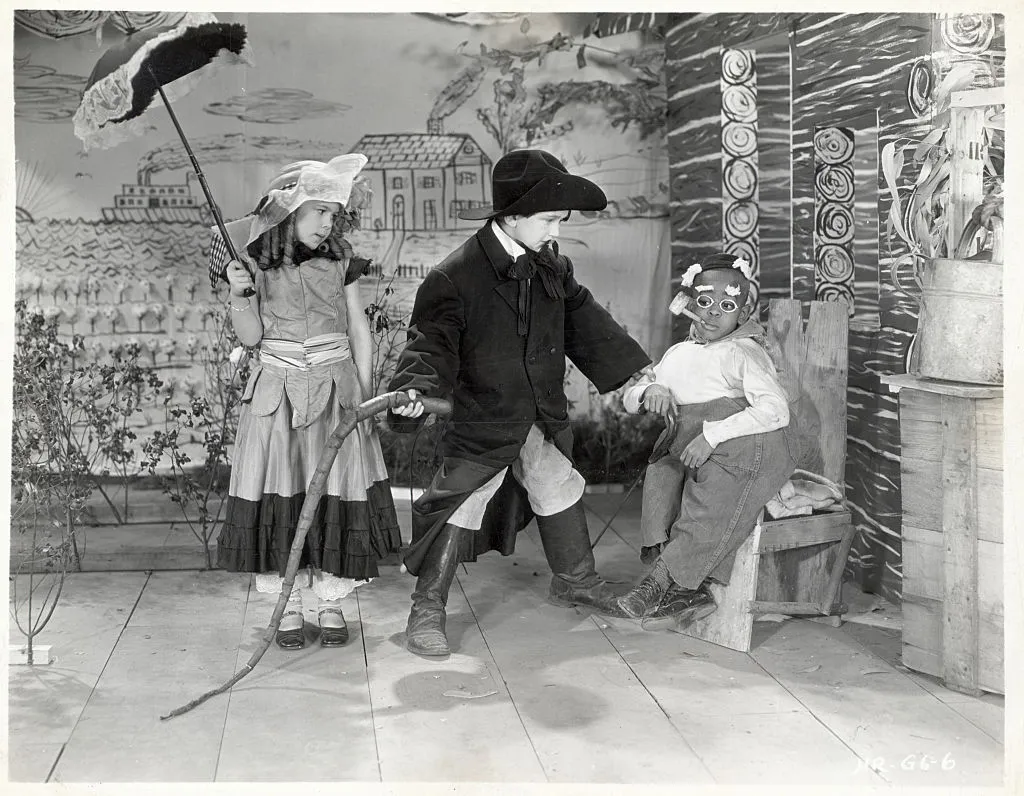
Dorothy DeBorba, known for her curls and hair bows made by her mother, made an impression on Hal Roach for being able to cry on cue. She played Jackie Cooper's younger sister and had a penchant for mimicking other character's lines. She was mischievous and later recalled having a great time working on the series.
That trademark hairstyle she wore took her mother two hours every night! Of being on the show, she once said, "It wasn't really much fun, working every day and going to school besides."
Hal Roach Started As An Extra In Silent Films
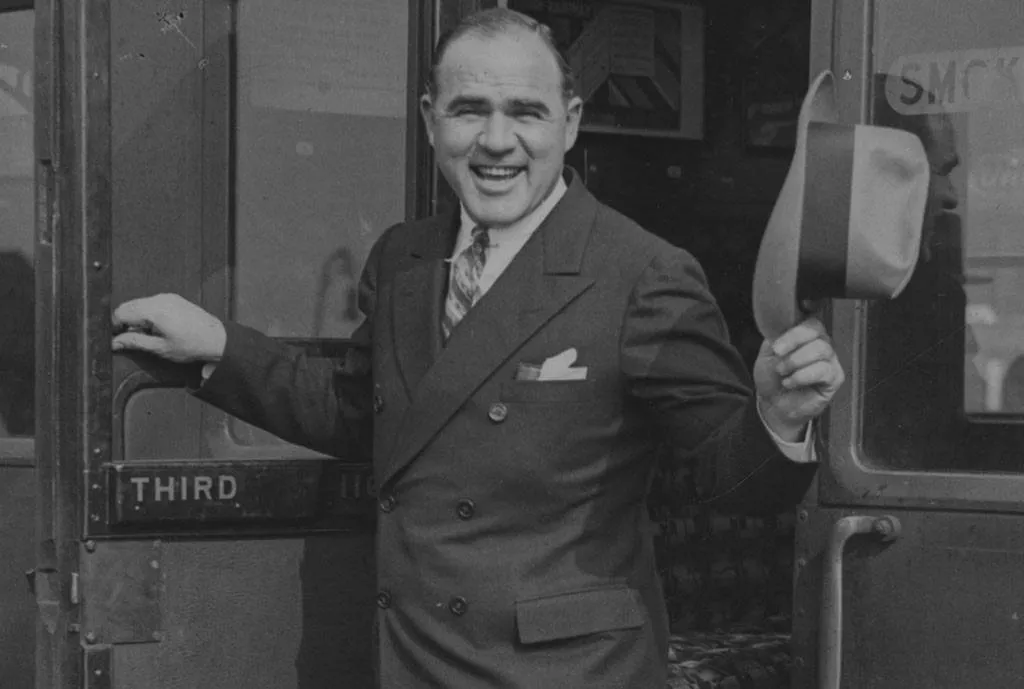
Born on January 14, 1892, Our Gang producer/director Harold "Hal" Roach was expelled from school at age 16. He then ventured to Alaska because his father believed that “traveling would help him grow up.”
He visited Los Angeles for vacation and met some showbiz people who had connections, and quickly had himself a job as an extra in a silent movie. After inheriting some money, he then began producing short films in 1915.
Carl "Alfalfa" Switzer Was Fatally Shot In His 30s

After The Little Rascals, Switzer did not find much success as an actor. He became a dog breeder and a hunting guide, and some of his famous hunting companions included James Stewart, Henry Fonda, Roy Rogers, and Dale Evans.
In 1959, Switzer, 32, was shot to death over a financial dispute. The shooting was ruled to be an act of self-defense. He died the same day as filmmaker Cecil B. DeMille, and his death was just a footnote in the newspapers as a result.
Jackie Cooper
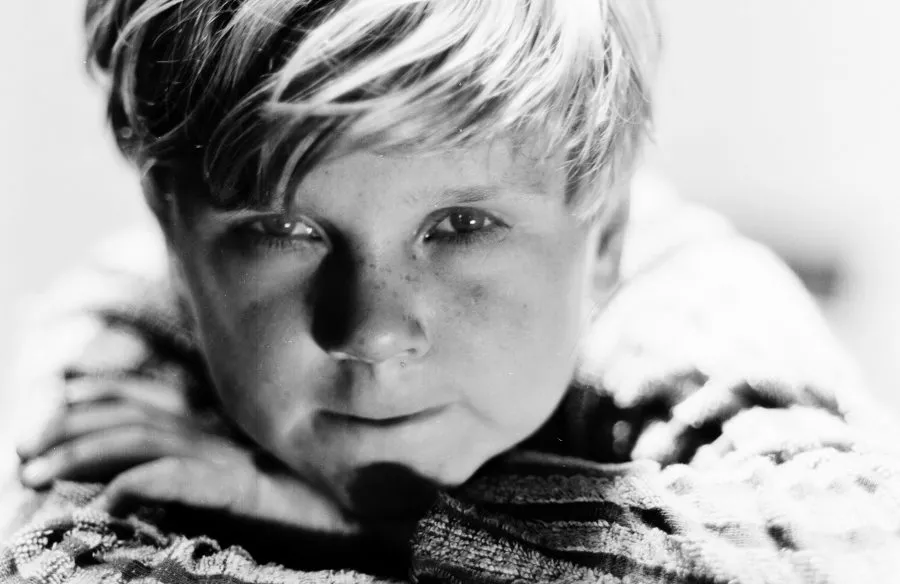
Jackie Cooper's grandmother was an actress who brought him along to tryouts in the hopes he would bring her more attention. When he was just three years old, he landed his first role.
Cooper's most notable Our Gang shorts centered on his crush on his teacher Miss Crabtree. He appeared in "Love Business," "Teacher's Pet," and "School's Out," among others. In 1931, Hal Roach sold his contract to Metro-Goldwyn-Mayer and he went on to have a successful career.
Scotty Beckett's Life Took A Downward Spiral After His Acting Gigs Dried Up
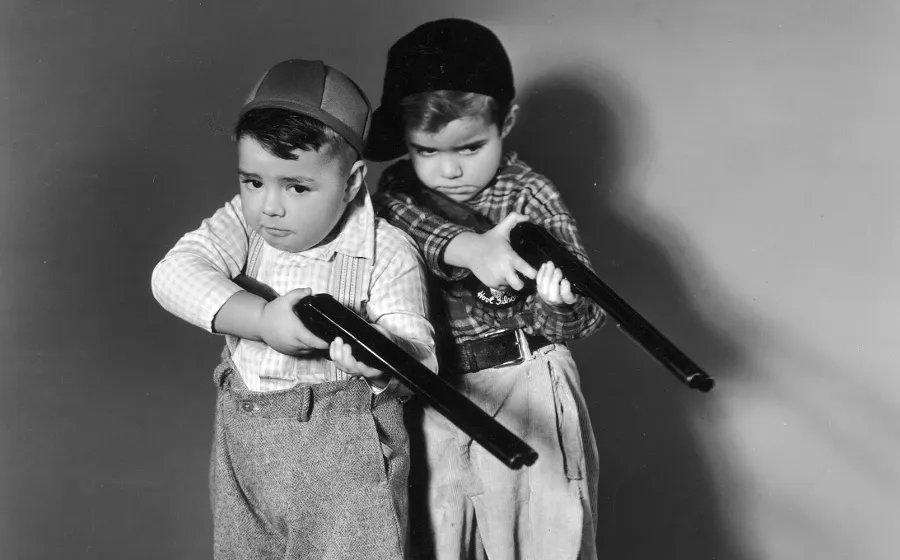
Scotty Beckett played Spanky's best friend and partner in crime. He wore a crooked baseball cap and an oversized sweater. After a short stint, he left the series for movie roles, making a brief return in 1939, as Alfalfa's cousin, Wilbur. He ended up appearing in films alongside many stars, including Spencer Tracy, Errol Flynn, and Greta Garbo.
In the '50s he joined Rocky Jones, Space Ranger but was fired after he was arrested on a concealed weapons charge and for writing a bad check. He was later arrested for various other crimes, including impaired driving and possession. He died at age 38, the cause presumed to be an overdose.
Mickey Rooney Was Almost A 'Rascal'
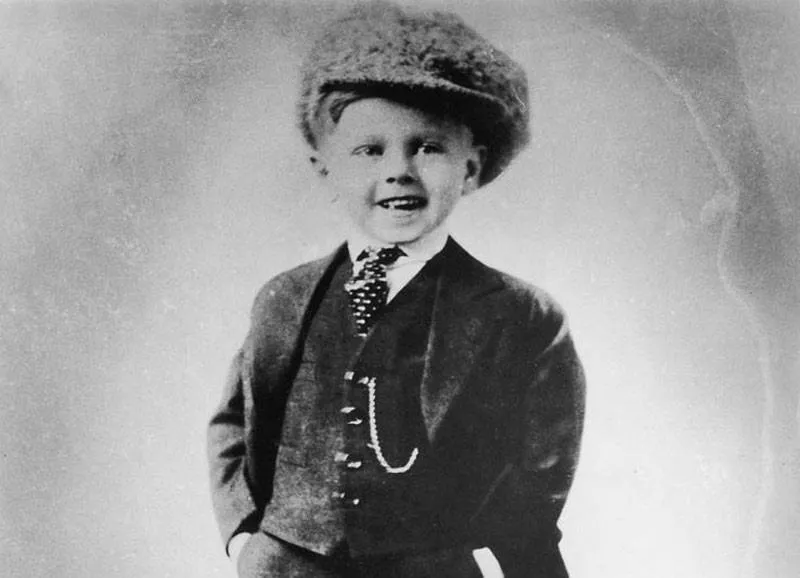
Actor Mickey Rooney originally went to Hollywood (from Brooklyn, New York) to audition for a role in Our Gang. However, his mother refused to sign the contract because of a salary dispute.
Rooney was fine, however! He went on to appear in more than 300 films including Boys Town, Breakfast at Tiffany's, The Black Stallion, The Human Comedy, the Andy Hardy franchise, National Velvet, Pete's Dragon, and many more. He died in 2014 at the age of 93.
"Spanky" Later Appeared In A Cheers Episode
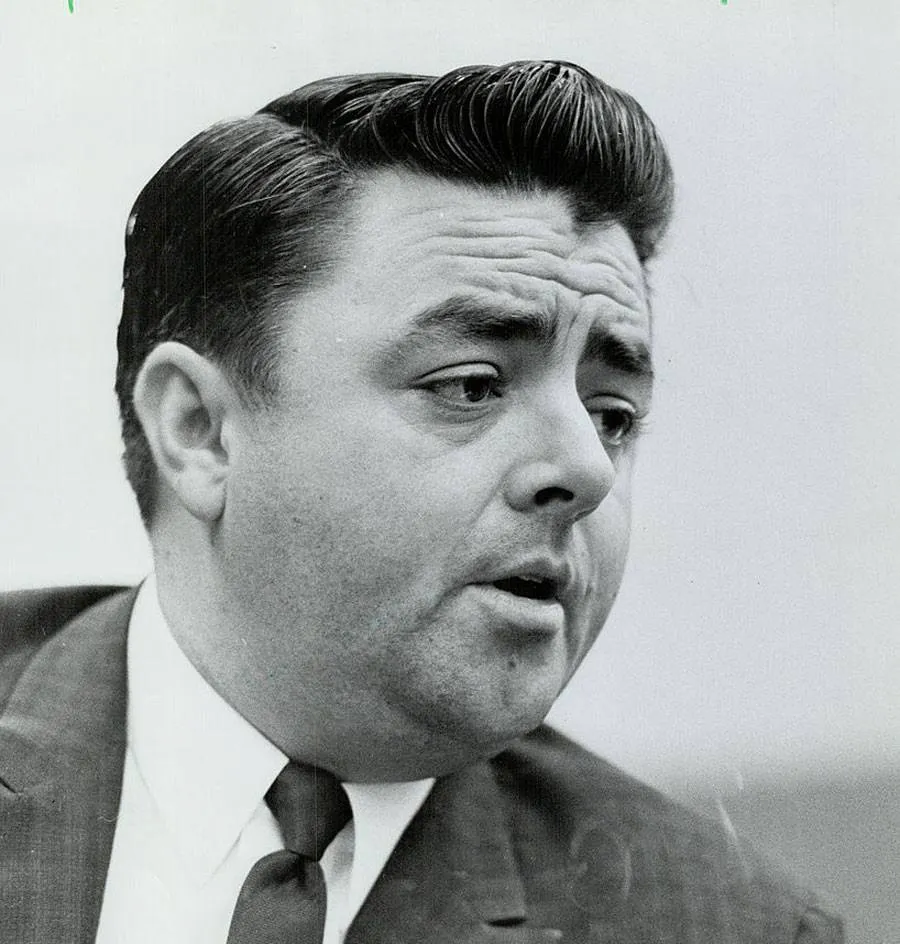
McFarland was with Our Gang productions until he was fourteen, making his final appearance in 1942's "Unexpected Riches."
He later joined the Air Force and also worked at a Popsicle factory, hamburger joint, and soft drink plant. His last appearance on TV was a cameo during a 1993 episode of Cheers. He died of a heart attack that same year at age 64. The following year he was granted a star on the Hollywood Walk of Fame.
Robert Blake Went On Trial For The Death Of His Second Wife
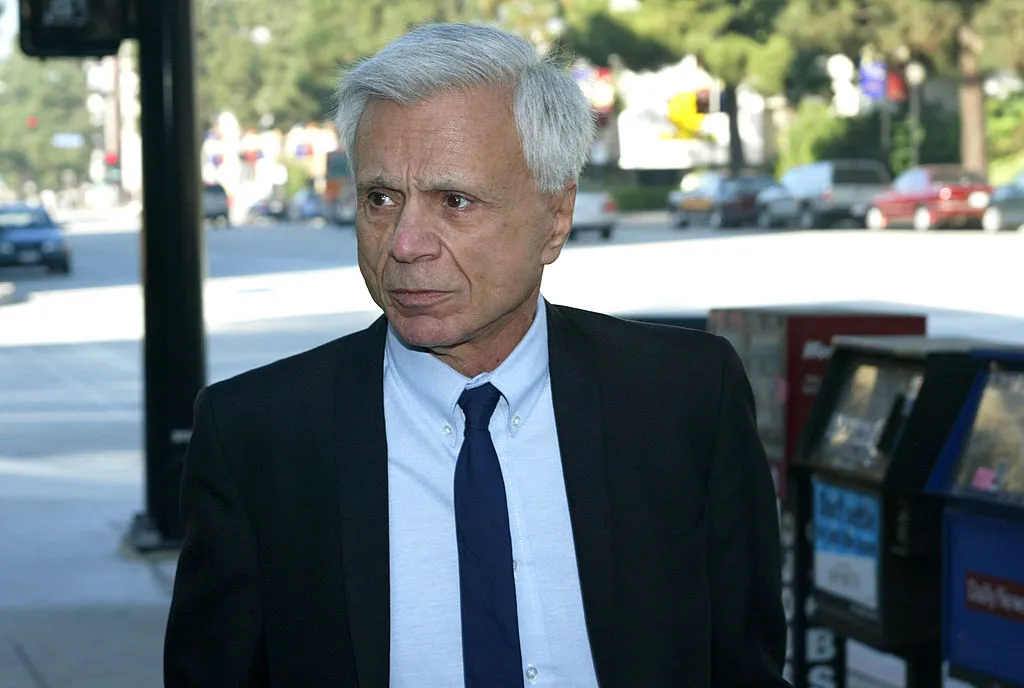
Blake met his second wife, Bonnie Lee Bakley, in 1999. He was her tenth husband, and she famously dated Marlon Brando's son while she was in a relationship with Blake. In 2001, she was shot in Blake's vehicle outside of a restaurant. Blake claimed he was not present when the shooting took place.
In 2005, Blake was found not guilty. However, he was found liable in civil court for her wrongful death and ordered to pay $30 million. He wound up filing for bankruptcy and has stayed largely out of the spotlight for the last several years.
Eugene "Porky" Lee Changed His Name After Leaving The Series
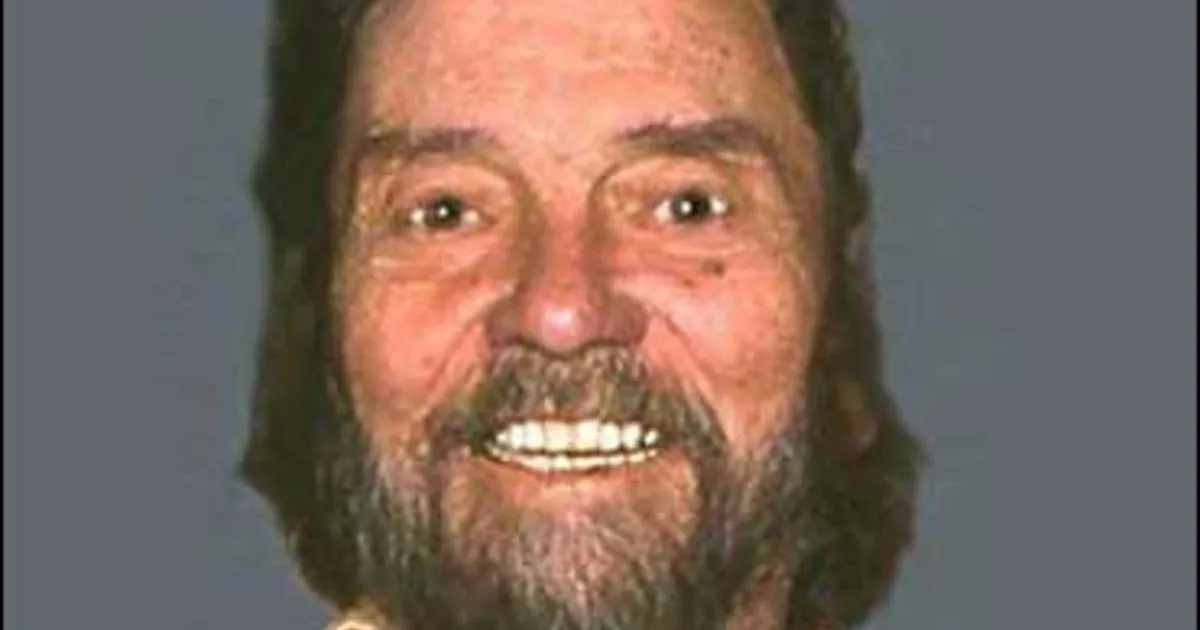
After being replaced by Robert Blake, Eugene "Porky" Lee left show business to become a teacher in Colorado. He changed his name to Gordon Lee (in honor of The Little Rascals director Gordon Douglas) in order to have a more private life.
However, in later years he began selling Porky-related merchandise and told fans, "we are relics of history." He was 71 years old when he died in 2005 after battling lung and brain cancer.
Mary Ann Jackson's Later Years
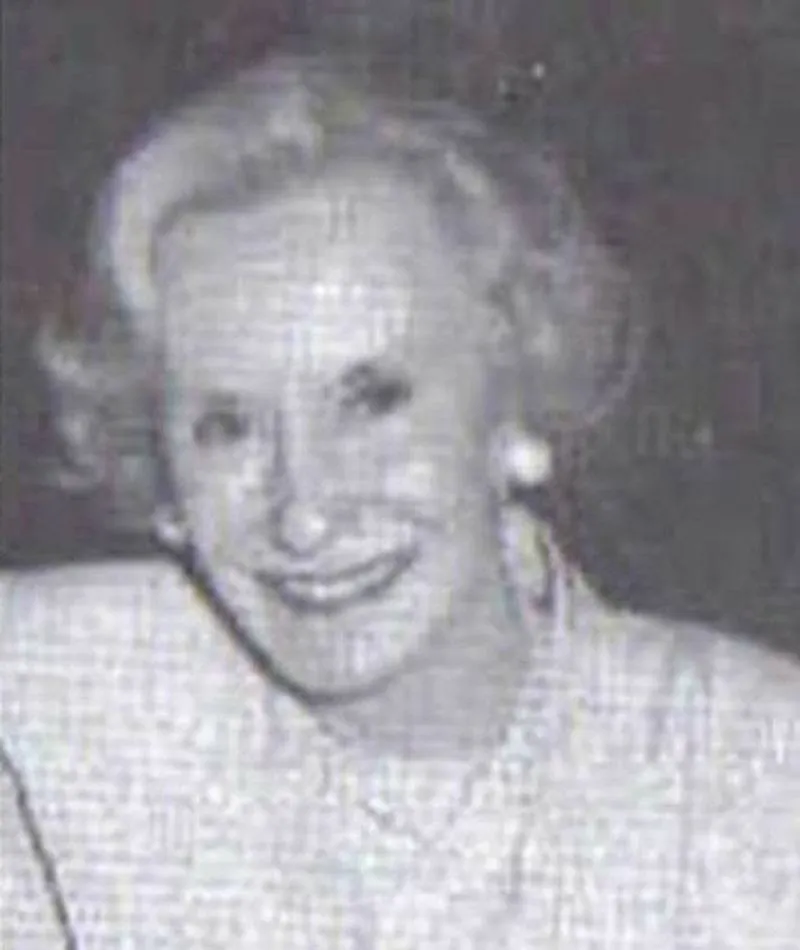
After leaving the show at age eight (and cutting off her loathsome bangs), Mary Ann Jackson did very little acting, got married twice, and had two children.
Jackson enjoyed her time with the group and was amused to learn later in life that costar Jackie Cooper had a major crush on her. She recalled having "fun and fun and fun" on set. She died in 2003 of a heart attack. She was 80.
The Idea For The Little Rascals Came From An Unexpected Place
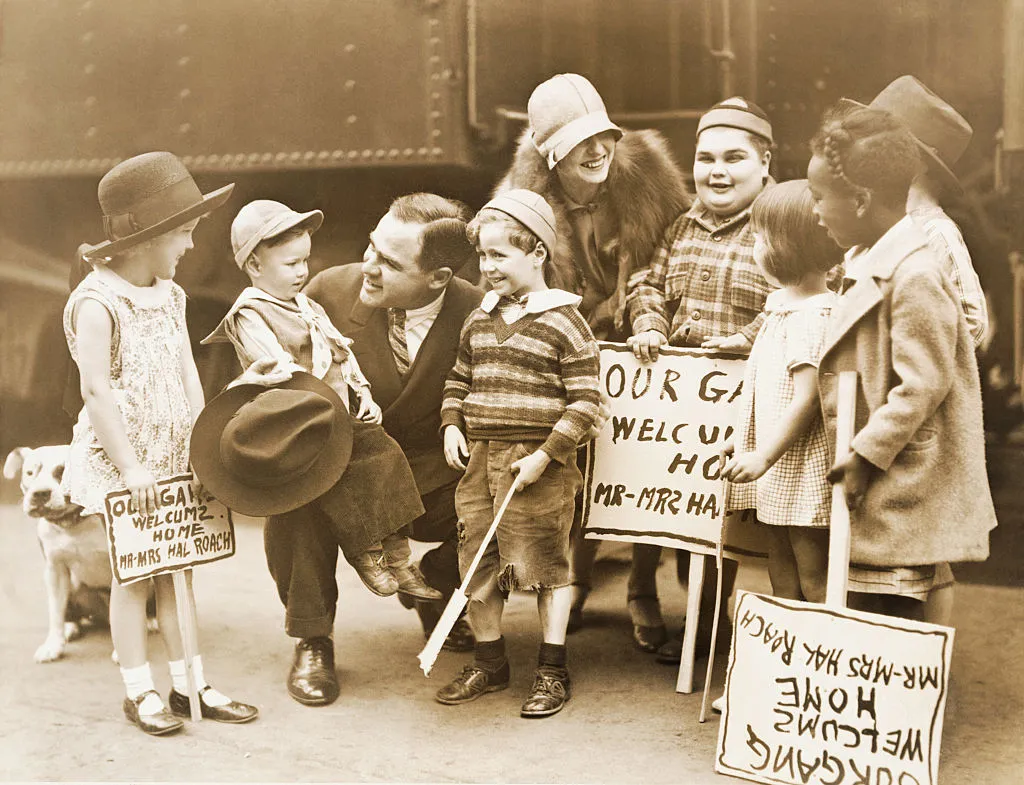
Producer/creator Hal Roach reportedly developed The Little Rascals shorts in the early 1920s. He had just finished a terrible audition with a child actress when he noticed some kids arguing in a lumberyard next door. The children were fighting over a large stick, which was in possession of the smallest kid.
The other kids were trying to coax the boy to give the stick to the biggest child. Roach observed the action for about 15 minutes and then came up with an idea to create short films about kids just being kids.
Roach Also Worked With Laurel And Hardy

Although they had worked together before, the now-iconic comedians Stan Laurel and Oliver Hardy were not an official "team" until they appeared together in the short film Putting Pants on Philip in 1927. This was their first movie with Hal Roach's studio, where they remained until 1940.
Of working with the men, Roach once said, "You could always cut to a close-up of either one, and their reaction was good for another laugh." Pictured here from left to right are Laurel, Hardy, Ethyl the chimp, and Roach.
Jackie Cooper Was Very Successful On Screen After He Left The Little Rascals
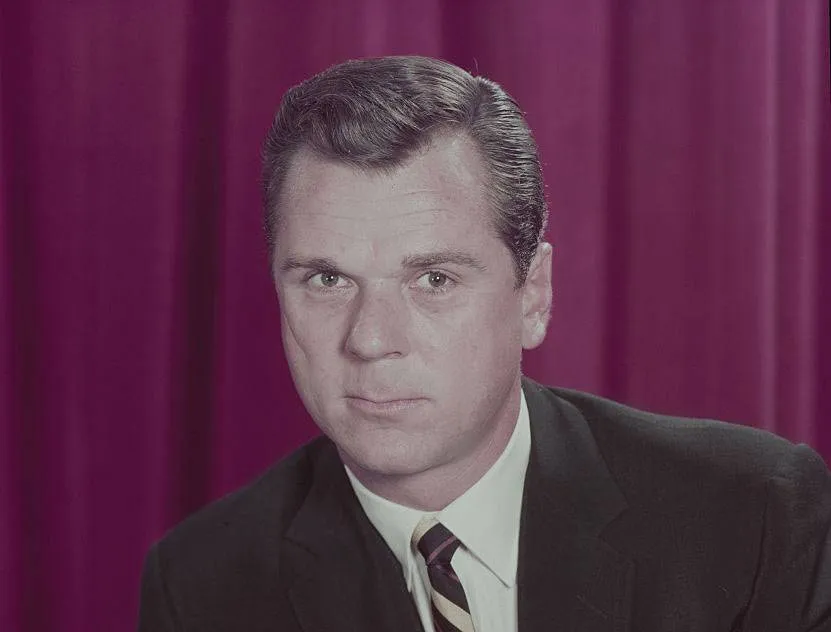
At nine, he was the youngest performer to be nominated for an Academy Award for the film Skippy. This was an honor he held for almost 50 years!
He played Perry White in the Superman movies and directed several TV shows, including MASH. He served in the Navy during World War II and enjoyed racing cars in his free time. He retired from show business in 1989 and died in 2011 from natural causes.
Dorothy DeBorba Got An Education After The Show
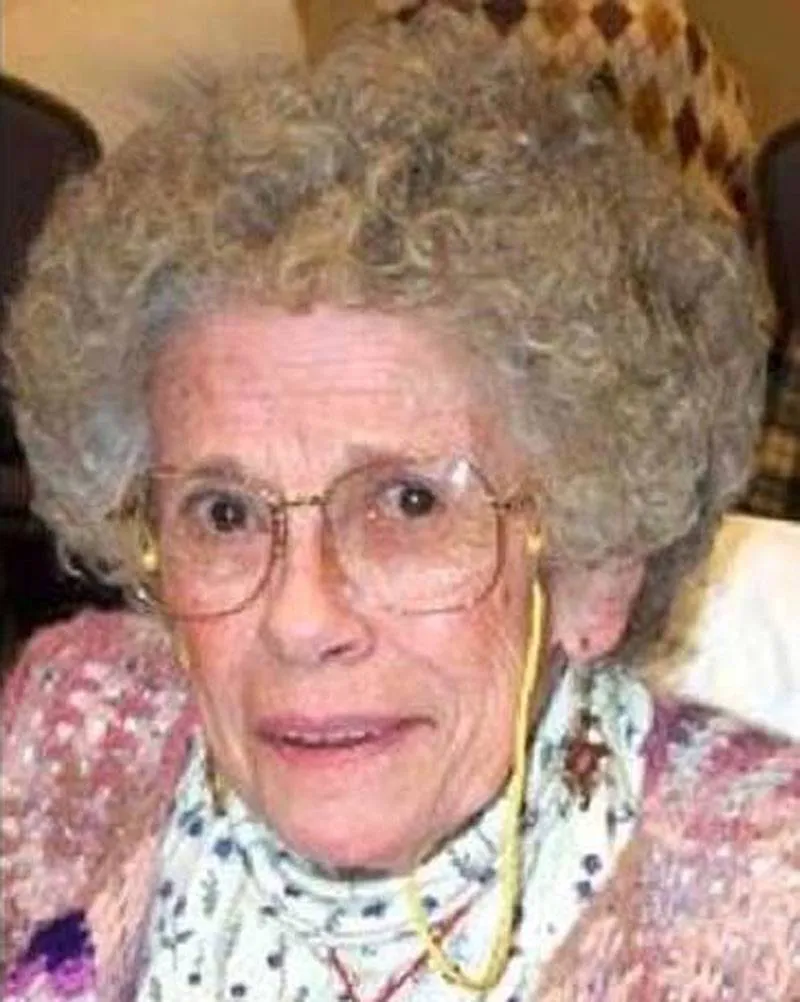
After leaving the show, Dorothy DeBorba got her high school diploma and became a senior clerk in the School of Journalism at UC-Berkeley after first working at Republic Pictures as a secretary.
She was married twice and had two children. In her later years, she attended conventions for the Sons of the Desert, the international Laurel and Hardy appreciation organization. DeBorba died of emphysema in 2010 at the age of 85.
The Little Rascals Ended After Profits Dropped
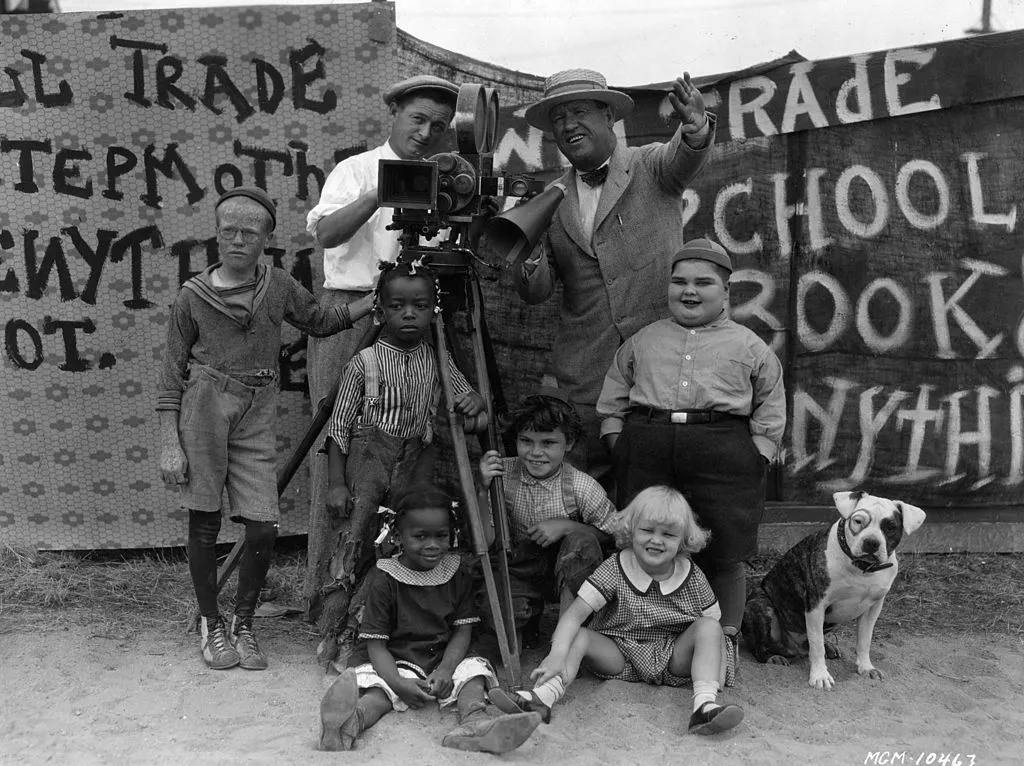
While The Little Rascals was initially very popular, by 1938 profits for the program started to drop, and Hal Roach was forced to sell the rights to MGM. The studio kept making the shorts, but critics and fans weren't impressed by the quality of the program, believing it wasn't as good as the original.
Eventually, it was no longer financially worthwhile to continue making the shorts. The last one, "Dancing Romeo," was released in 1944. None of the children received residuals or royalties from reruns of the shorts or licensed products that featured their likenesses.
Shirley Temple Was Turned Down For 'Our Gang'

Although she and her mother later disputed the story, it's widely asserted that child actress Shirley Temple was rejected for a part with The Little Rascals. Instead, Temple landed a role in a series of shorts called BabyBurlesks, which were created to compete with the Our Gang films.
Temple went on to be one of the most celebrated American actresses of all time, and also served as ambassador to Czechoslovakia later in life. She passed away in 2014 when she was 85.
Hal Roach, A Long And Distinguished Career

Hal Roach had a long life and distinguished career. He received an honorary Academy Award in 1984, when he was 92 years old. It was presented to him by Jackie Cooper and George "Spanky" McFarland while Ernie Morrison sat in the crowd and began the standing ovation for Roach.
Shortly after turning 100, he made an appearance at the 64th Academy Awards. He stood up in the audience to give a speech after receiving a standing ovation, which prompted host Billy Crystal to joke, "I think that's appropriate because Mr. Roach started in silent films."
There Was A 1994 Movie Reboot
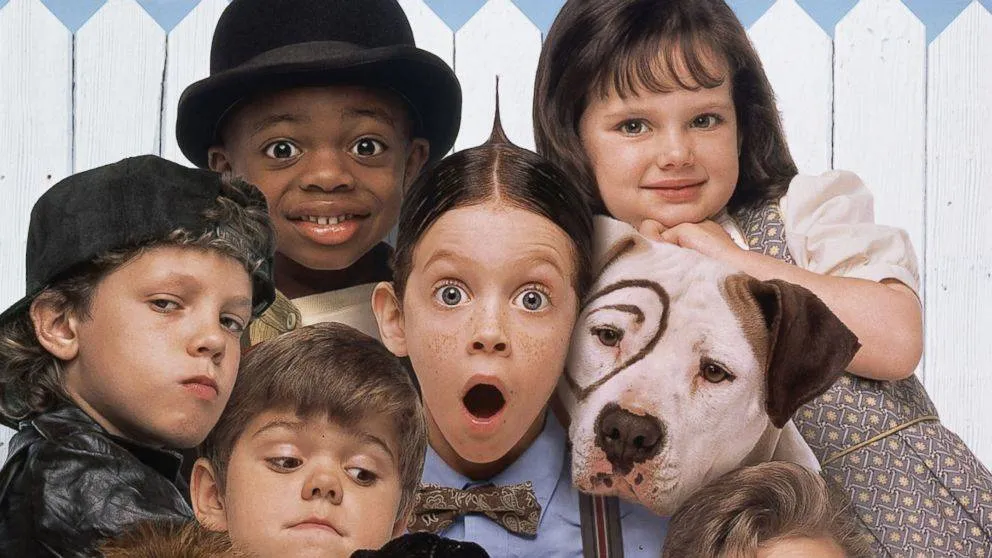
Movie executives tapped into people's nostalgia by releasing a big-budget version of the program in 1994 in a film by Amblin Entertainment and Universal Studios. The characters were set in the modern day, but the storyline featured several The Little Rascals shorts, such as "Hearts Are Thumps," "Rushin' Ballet," and "Hi’-Neighbor!"
Critics largely slammed the film, and it has a 23 percent approval rating on Rotten Tomatoes. Another movie based on the shorts, The Little Rascals Save the Day, was released directly on video in 2014.
Hardy Was Initially Known As "Babe"
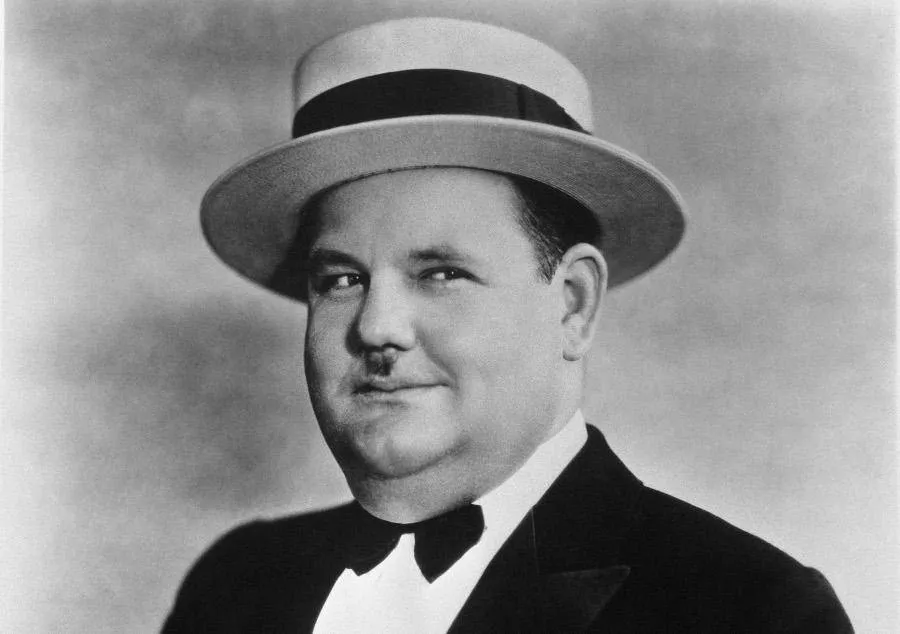
Oliver Hardy's real name was Norvell Hardy. He was born in Harlem, Georgia, on January 18, 1892. He became a stage singer in his teen years and had the nicknames Ollie and Babe. The latter was from an Italian barber with the motion picture company Lubin Studios who rubbed Hardy's face with talcum powder and said, "That's nice-a baby!"
Hardy's fellow actors liked the expression, and in early films Hardy was credited as Babe Hardy. Hardy started out working backstage in film before becoming a script clerk for Lubin Motion Pictures.
Hardy's Talent Was Unmatched

Hardy starred in 177 shorts as Babe between 1914 and 1916. He was very talented and able to play numerous types of characters, including heroes, villains, and even women. This made him quite popular among casting agents. Overall, he starred in over 250 silent shorts.
He married pianist Madelyn Saloshin on November 17, 1913. The couple moved to Los Angeles in 1917 where he made 40 films. The pair split two years later and divorced in 1921. Later that year Hardy married actress Myrtle Reeves, who was reportedly an alcoholic.
Laurel Came From A Theatrical Family And Also Started Performing As A Teen

Stan Laurel was born in Ulverston, Lancashire, England, on June 16, 1890. His father was a theater owner, and his mother was also very involved in the industry. Laurel made his stage debut at age 15 in Glasgow and wound up working for comedy legend Fred Karno, who was an understudy for Charlie Chaplin.
After touring America in 1912, Laurel decided to stay there. He shacked up with Mae Dahlberg, who became his common-law wife and costar. He made his film debut with her in 1917.
Laurel And Hardy's First Film Together Was The Lucky Dog
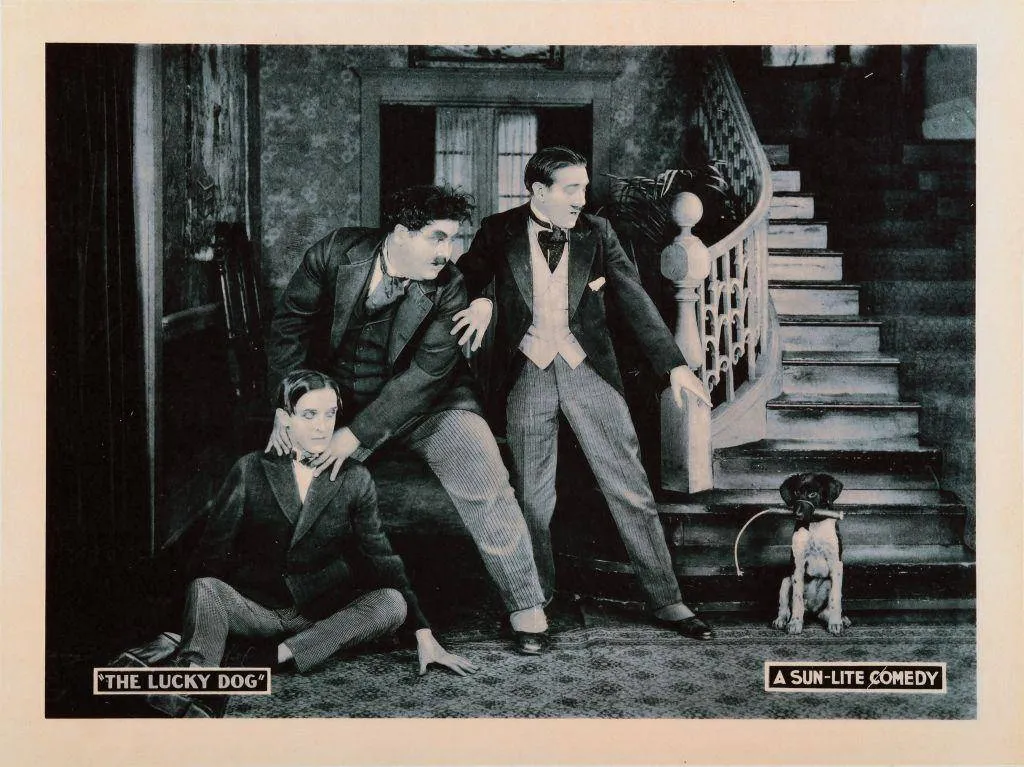
Before becoming a famous comedic duo, Laurel and Hardy appeared in the film The Lucky Dog together. It was made from 1920-21 and released in 1921. It cost around $3,000 to make and was shot as two reels. However, some versions end following the first reel after the character Ollie robs Stan.
The men appeared in scenes together, but they were cast independently and not as a team. Laurel played a character simply described as "young man," while Hardy was the Bandit.
Hardy Was Rejected From The Military Because He Was Overweight
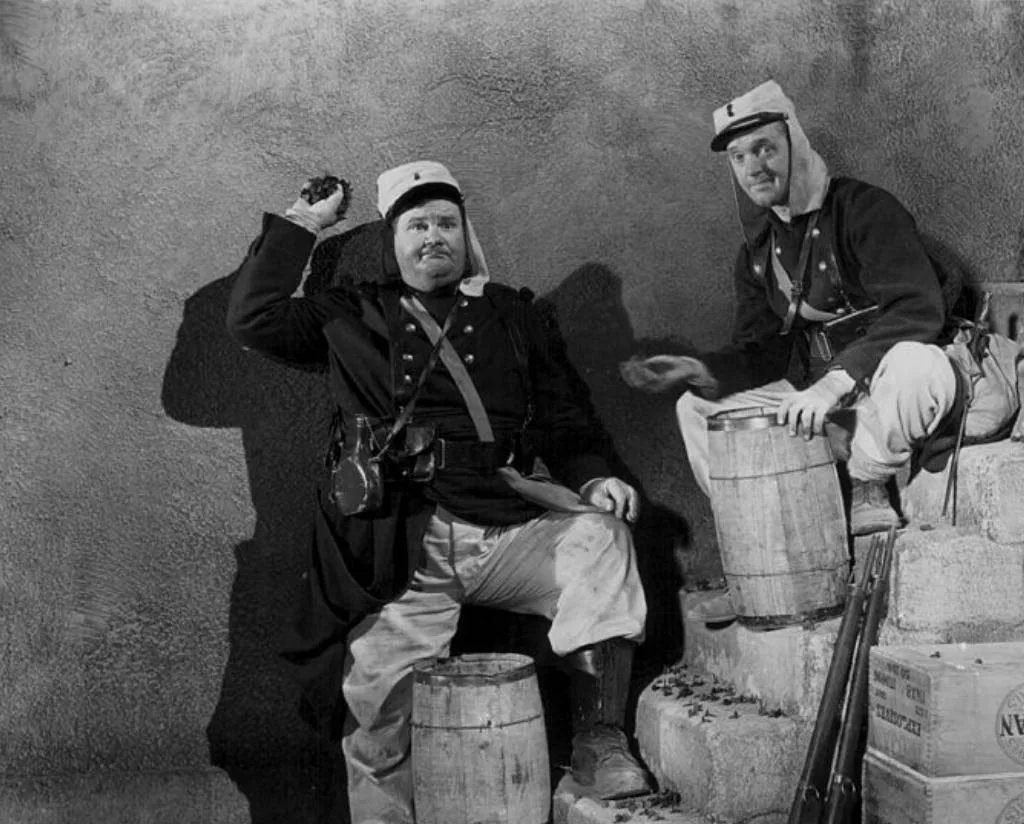
Hardy was six feet and one inch tall and weighed about 280 pounds, while Laurel was an average-sized man. The Army rejected Hardy when he tried to enlist during World War I due to his weight. However, it didn't affect his showbiz career. Producers took advantage of the pair's differences by emphasizing certain characteristics.
For example, Hardy had a toothbrush mustache, and his thinning hair was flattened to his forward with spit curls. He also wore shoes without heels to create a flat-footed walk. Laurel grew his hair long on the top, and when in shock he would cry and pull up his hair.
The Simpsons Catchphrase "D'oh!" Originated With Laurel And Hardy Films
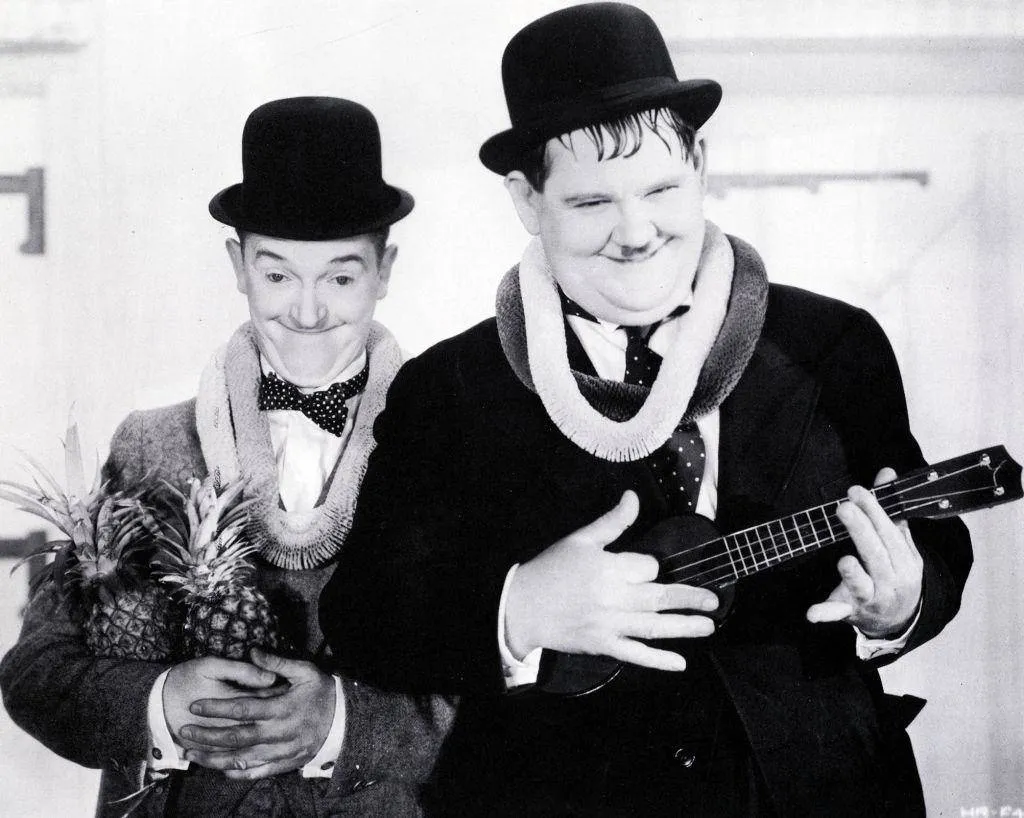
Scottish actor James Finlayson starred in 33 Laurel and Hardy films. One of his trademark phrases was "dohhhhhhh!" which he used as a substitute for cursing. Fast forward several decades, and Homer Simpson voice actor Dan Castellaneta borrowed the phrase for his character.
When The Simpsons was part of the Tracey Ullman Show, Castellaneta was directed to utter an "annoyed grunt." Instead, he mimicked Finlayson by saying "dohhhhhhh." Simpsons creator Matt Groening then suggested a shorter version, and "D'oh!" was born.
Their Cardboard Cutouts Appeared On A Famous Beatles Album

One of history's most iconic album covers is 1967's Sgt. Pepper's Lonely Hearts Club Band by the Beatles. The Beatles appear in costume and are surrounded by a total of 58 iconic figures, including Laurel and Hardy.
Both Laurel and Hardy died before the album was released. Hardy passed away on August 7, 1957, and Laurel died on February 23, 1965. The pair made a recording, "The Trail Of The Lonesome Pine," in 1937 that reached number two on the UK singles chart in December 1975, years after their deaths. That's because Laurel and Hardy's films were very popular on British television at that time.
They Only Appeared On American TV Once, And Laurel Wasn't Happy About It
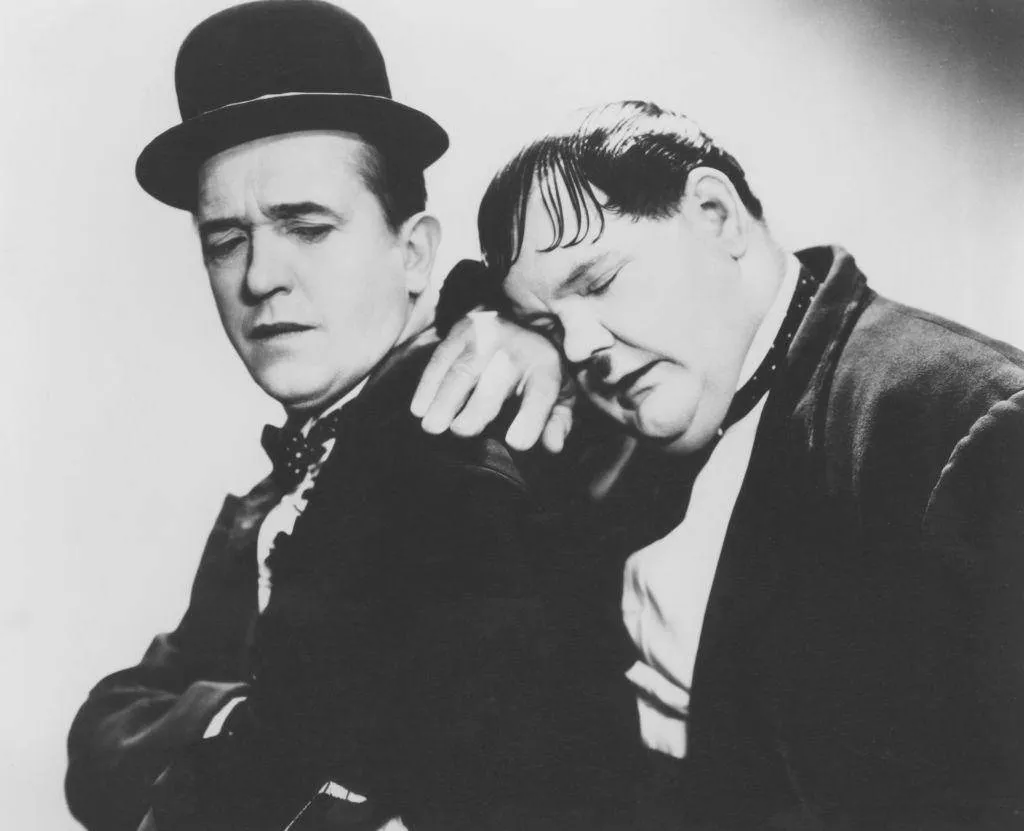
Laurel and Hardy only appeared on one American television program, which occurred on December 1, 1954. Ralph Edwards hosted a live TV program called This Is Your Life. Edwards surprised guests in front of a live audience by giving them a retrospective of their lives. Various family members, friends, and colleagues would also participate.
Apparently, Laurel was not happy about being featured on the program. He felt that he was "tricked" into it and was upset that he wasn't given a heads up.
Hardy's Signature Tie Twiddle Was Accidental

The first time Hardy used his signature "tie twiddle" gesture was in the 1927 film Sailors Beware. When he opens the door of stateroom, his face is struck with a pail of water. "It threw me mentally, just for a second or so, and I just couldn't think of what to do next," he said, according to John McCabe´s biography of Laurel & Hardy.
"There were some ladies watching us. So I waved the tie in a kind of tiddly-widdly fashion, in a kind of comic way, to show that I was embarrassed."
They Rarely Rehearsed And Tossed Out Nearly Half Of Each Script During Filming
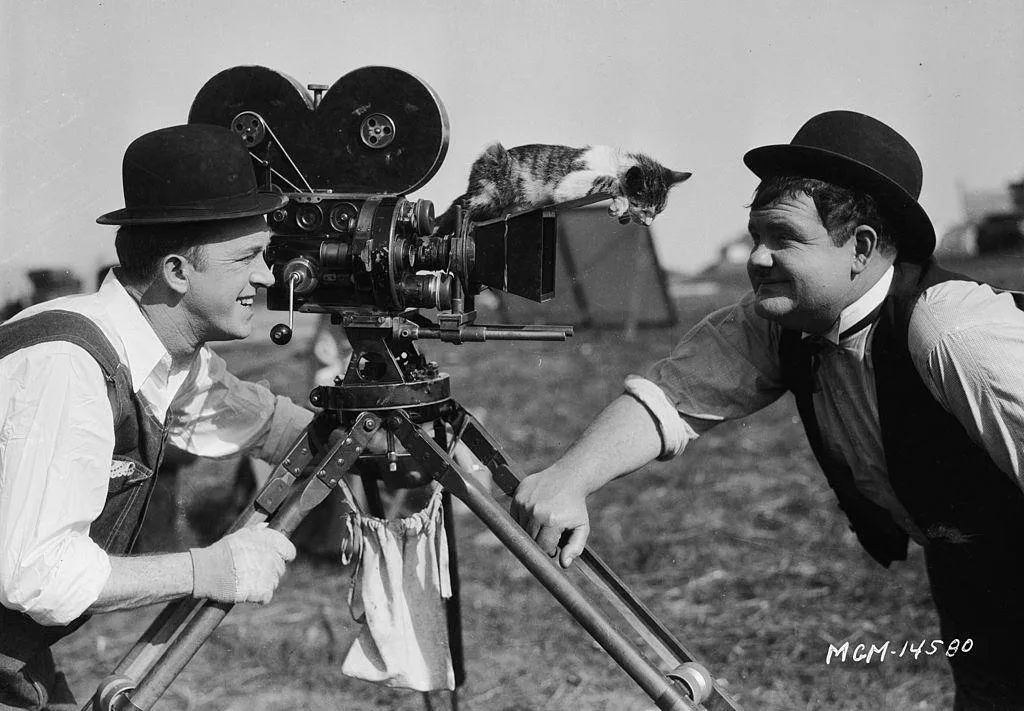
Laurel and Hardy were a bit unconventional when it came to making films. First, they shot scenes in sequence, which was unusual. Typically, scenes are shot out of order. The reason they did this was because they often threw out 50 percent of the script, according to Randy Skretvedt, author of the book Laurel and Hardy: The Magic Behind the Movies.
"When they got to the set the props and sets themselves would suggest better gags than the stuff they had written, and they never knew how their ad-libbing would change the story," Skretvedt told the Los Angeles Times. He added that they rarely rehearsed because they preferred the spontaneity of the process.
One Of Laurel's Children Died Just Nine Days After Birth

Laurel married actress Lois Neilson on August 13, 1926. Their daughter Lois was born on December 10, 1927, at the start of Laurel's career with Hardy. The couple welcomed their second child, son Stanley, in May of 1930. He was born two months premature and died when he was just nine days old.
The tragedy contributed to the couple's problems (as did Laurel's infidelity). Laurel later regretted the dissolution. "I don't think I could ever love again like I loved Lois," he wrote in a letter to his second wife, Ruth, in 1936. "I tried to get over it, but I can't."
They Seamlessly Made The Transition From Silent Films To Talkies

One of the pair's most famous silent film shorts was Duck Soup, and they started doing talkie shorts in 1929 and full-length features by the mid-'30s. They were some of the only stars who were able to do so, largely because they were so good at what they did. Their 1932 film The Music Box won an Academy Award.
The pair also helped raise people's spirits during the Great Depression. Simon Louvish, author of Stan and Ollie: The Roots of Comedy: The Double Life of Laurel and Hardy, told Time in 2019: "During the Great Depression, people are so desperate, and they need comedy...They take failure and make it into something you can laugh about."
To Appeal To A Global Audience, They Did Numerous Re-Shoots In Other Languages

Laurel and Hardy weren't only popular in the United States and England. They were popular worldwide, and that was largely due to re-shooting scenes in various languages, including German, French, Italian, and Spanish.
This was not an easy process for either of the comedians. They required tutors and often read the lines phonetically on blackboards that were placed behind the cameras. The projects also required a cast of supporting actors that were fluent in various languages. As difficult as it was, this made the pair famous worldwide.
They Rarely Socialized Together At The Height Of Their Fame

When Laurel and Hardy were at the peak of their success, they didn't hang out very much together off set. Laurel was the workhorse. He spent hours behind the scenes rewriting scripts, editing, and making props. Hardy, who gave it all while the cameras were rolling, liked to relax during his off hours by hanging out with his drinking buddies or playing golf.
The pair ended up getting closer in their later years together when they toured Britain. They were forced to spend time together in hotels and on trains and ships, which only cemented their relationship.
They Were Made Into Cartoons
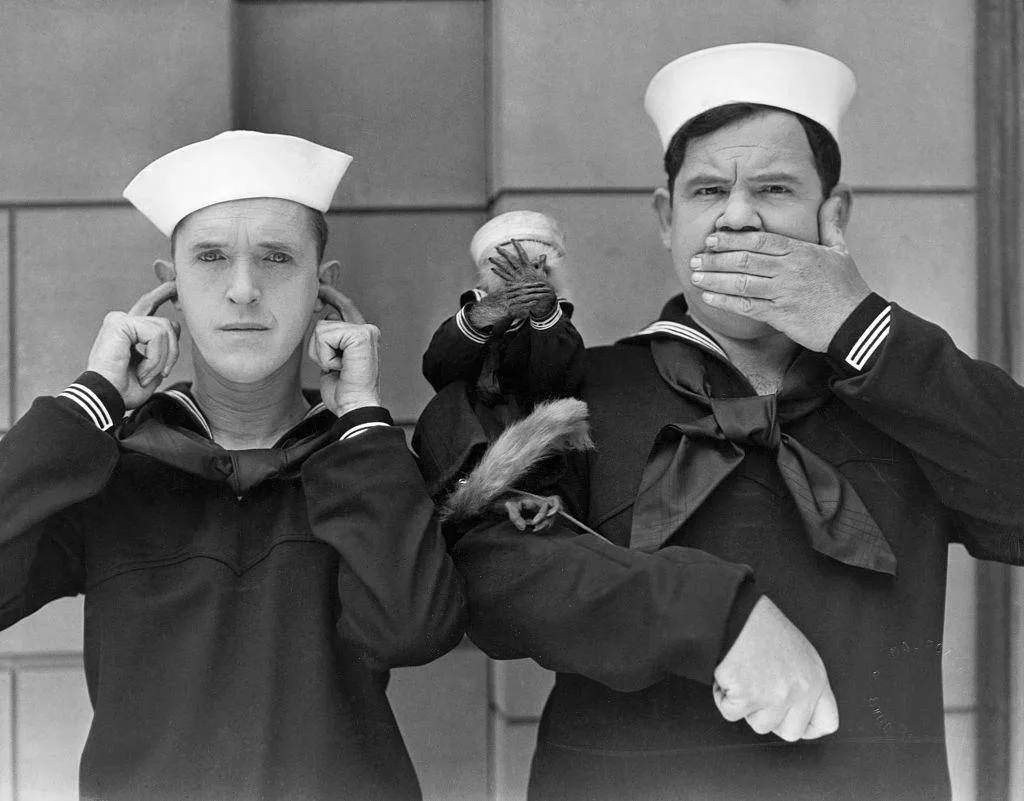
In 1966, the duo's likenesses were owned by merchandiser Larry Harmon. In conjunction with Hanna-Barbera Productions, Harmon made several Laurel and Hardy cartoons. The animated pair also appeared in a 1972 episode of Hanna-Barbera's "The New Scooby-Doo Movies."
In 1999, Bronson Pinchot and Gailard Sartain starred in a straight-to-video film called The All-New Adventures of Laurel and Hardy: For Love or Mummy. The actors played nephews of Laurel and Hardy named Stanley Thinneus Laurel and Oliver Fatteus Hardy.
They Continued To Work Even As They Battled Health Problems

When the duo filmed the movie Atoll K in 1950 (which was released in 1954 as Utopia), Hardy was quite sick, largely due to being obese. And Laurel was coping with pre-existing diabetes, prostate issues, and colitis. However, they refused to quit working or stop touring Britain even though they were physically exhausted.
Laurel and Hardy's relationship reportedly deteriorated during this time, but some believe it wasn't because they had problems with each other. Rather, they struggled because they were both so ill.
They Didn't Earn As Much Money As They Should Have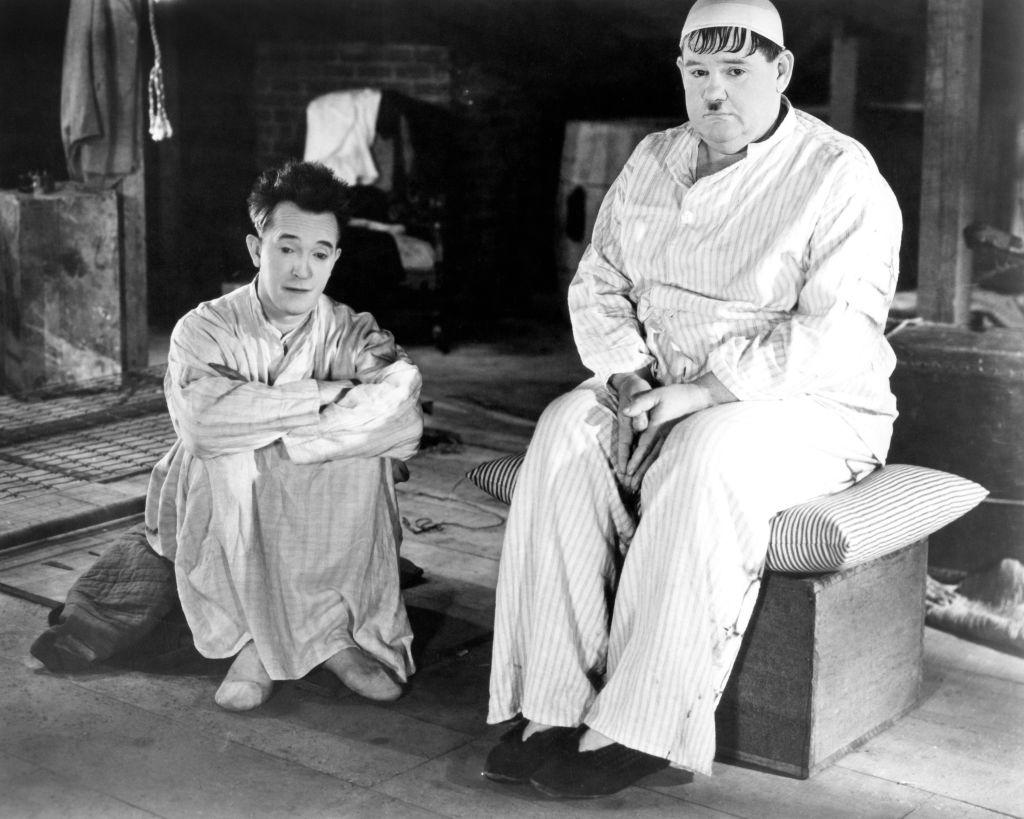

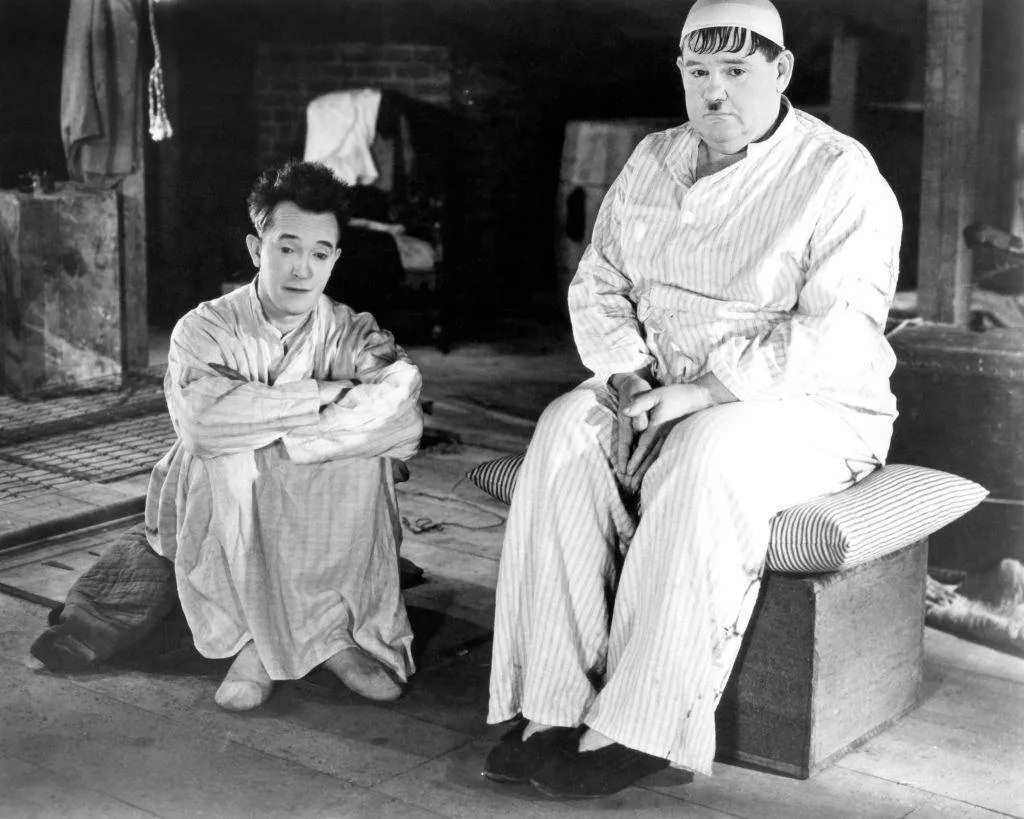
Laurel and Hardy were paid well for their work, but they did not receive global residuals due to the agreements they signed with film producer and director Hal Roach. Roach was a shrewd businessman who staggered the pair's contracts so they expired six months apart, preventing them from negotiating together -- which most likely would have resulted in higher pay for both of them.
By the 1950s, Hardy was struggling financially due to his love of gambling and alimony payments to his ex-wife. Laurel also had three ex-wives, one of whom he divorced two times. They resorted to doing live theater shows to make money.
Laurel Was Too Sick To Attend Hardy's Funeral
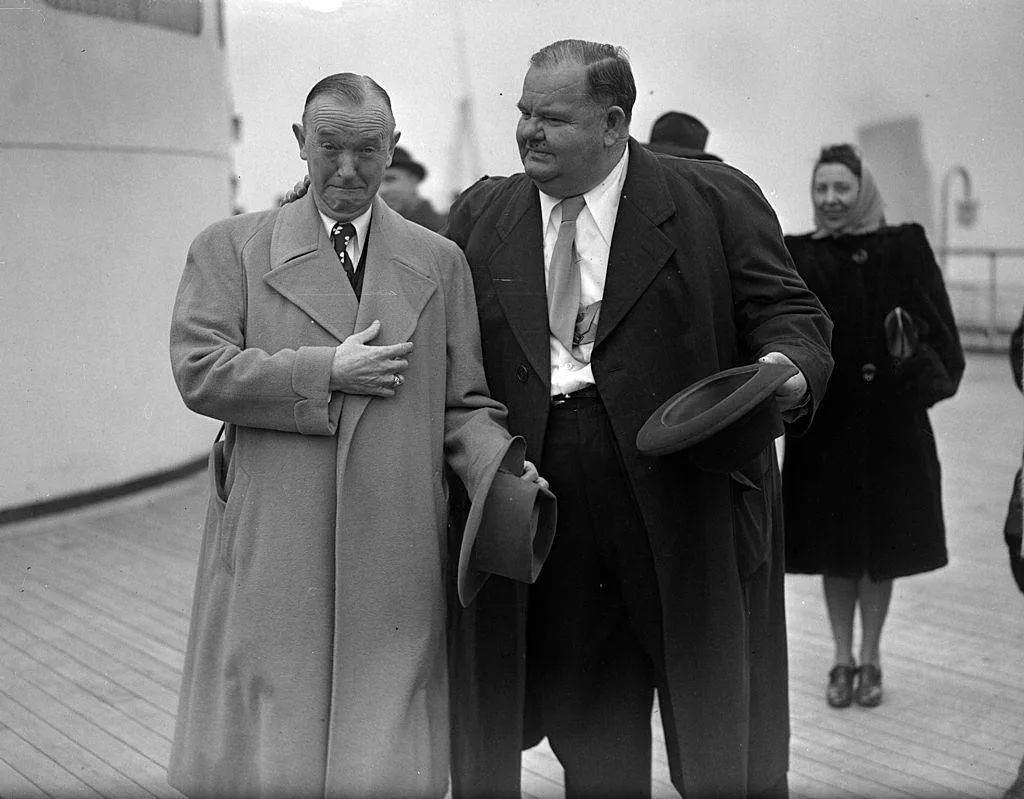
Hardy had a heart attack in May 1954 and changed his life, losing 150 pounds within a few months. Two years later he a stroke, followed by two more in 1957. He died at age 65 from cerebral thrombosis. Laurel was too sick to attend the funeral, but noted, "Babe would understand."
Both Laurel and Hardy were heavy smokers. Laurel quit in 1960, five years before he died from a heart attack. He was 74 years old when he passed away on February 23, 1965.
Laurel Retired From Acting After Hardy Died
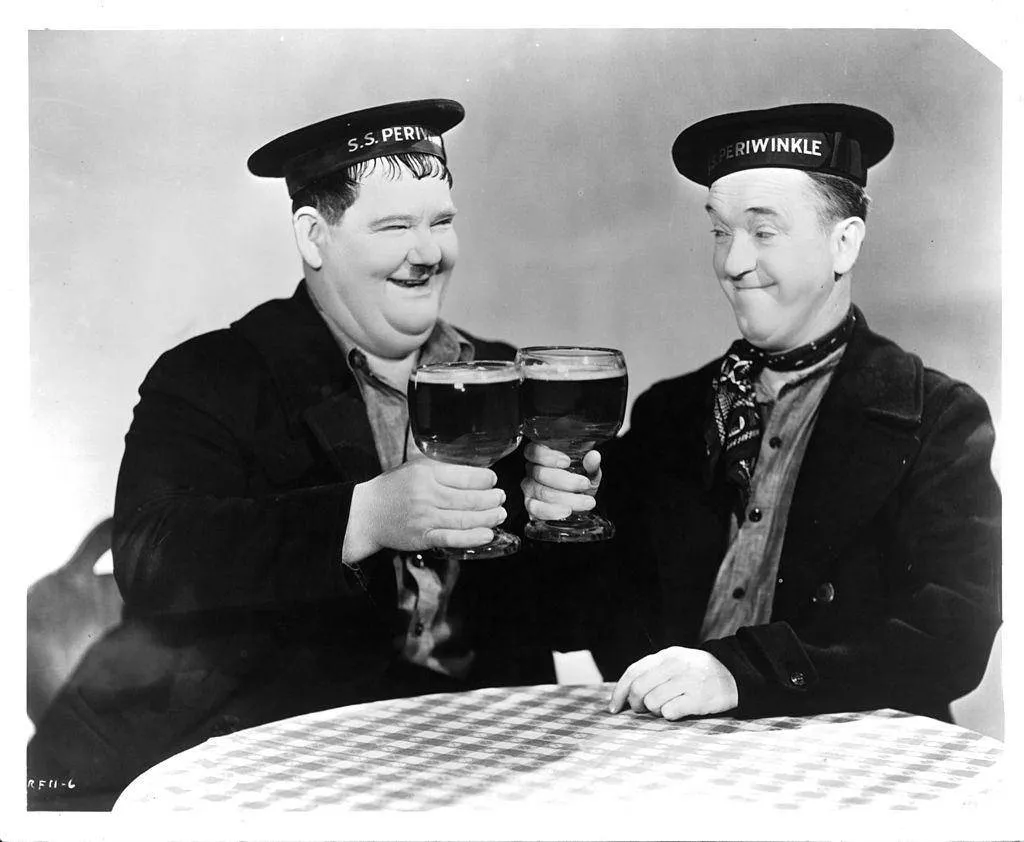
Laurel and Hardy were the true definition of partners in crime, and life changed after one of them passed away. When Hardy died, Laurel decided to hang up his acting shoes for good. He would not perform on stage or on film ever again.
Following his friend's death, he noted in a letter, "I feel lost without him after 30 odd years of close friendship & happy association." Laurel still had meet-and-greets with fans and was open and willing to share his memories of Hardy with anyone who asked.
An Official Laurel And Hardy Appreciation Society Launched In 1965
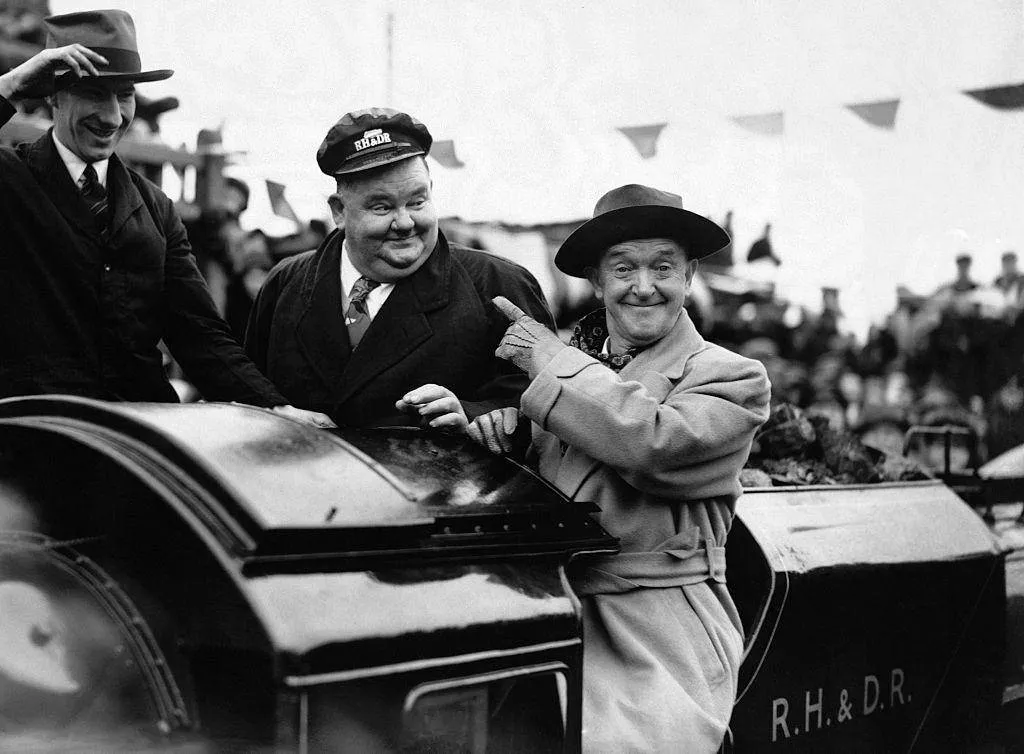
The official Laurel and Hardy appreciation society, called the Sons of the Desert, was formed in New York City in 1965. The name of the group is based on the lodge that Laurel and Hardy belonged to in the 1933 movie Sons of the Desert. The founding members included writer John McCabe, actor Orson Bean, cartoonist Al Kilgore, TV personality Chuck McCann, and John Municino.
There are over 100 chapters worldwide, but most are in the United States and England. Each chapter is known as a "tent," which is named after a Laurel and Hardy film.









